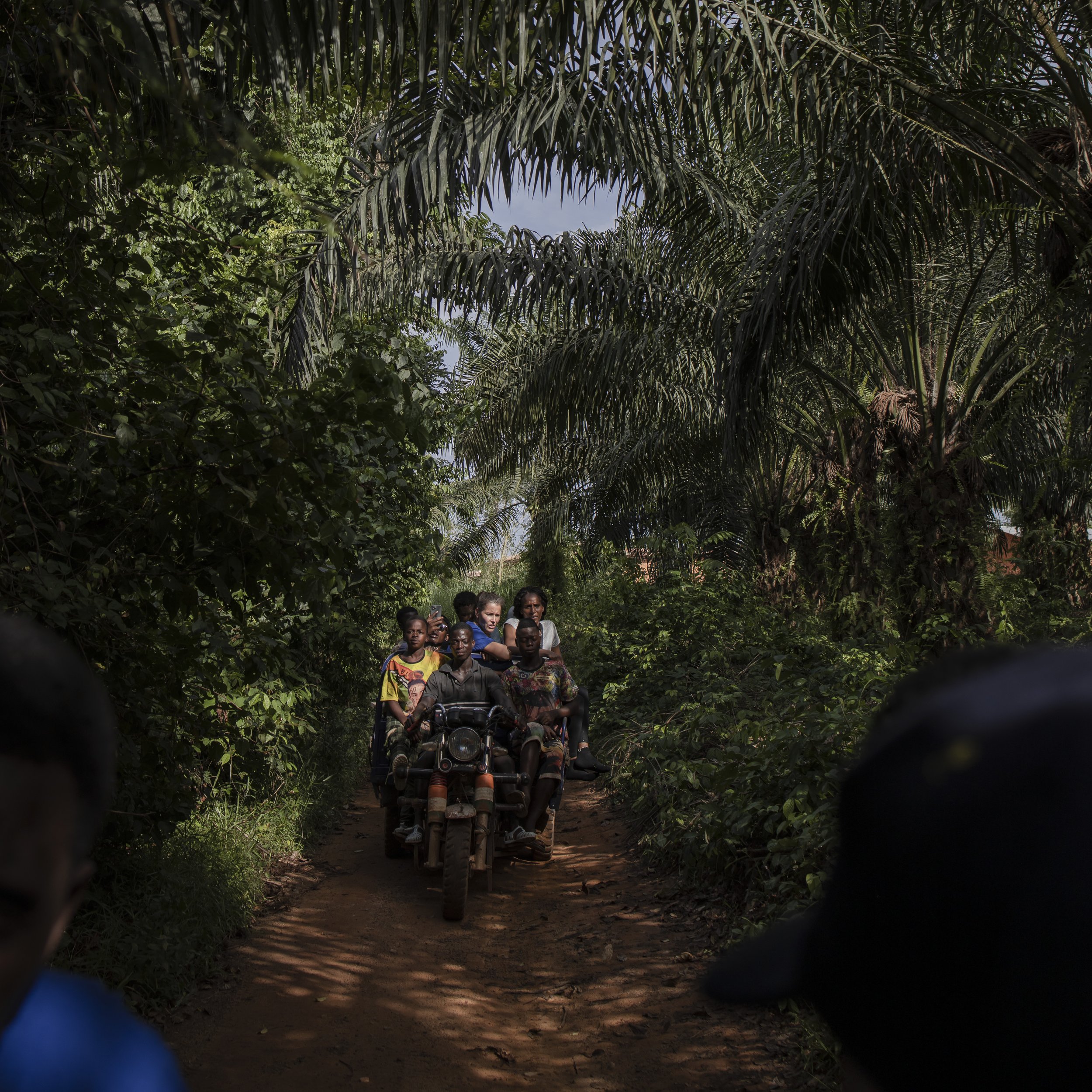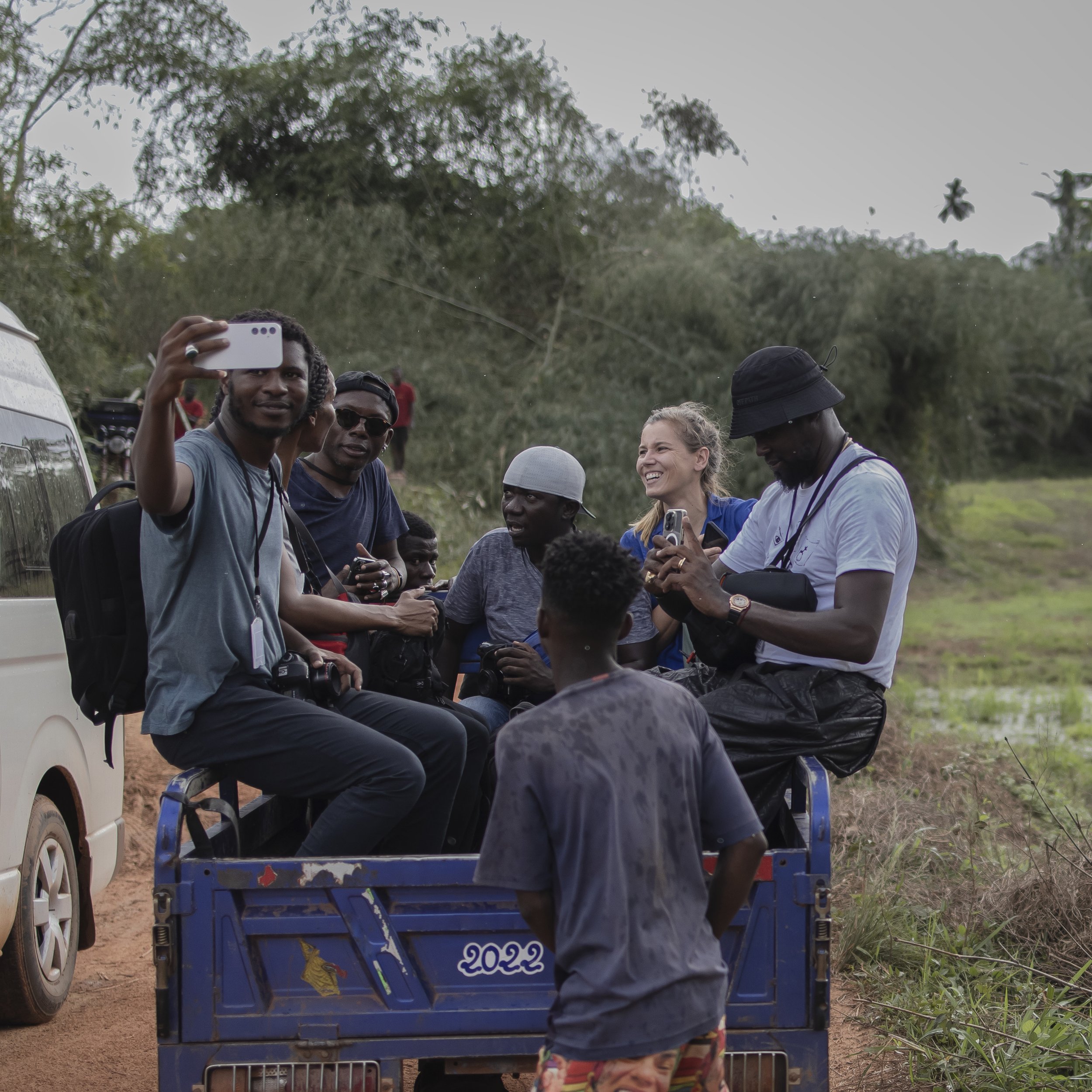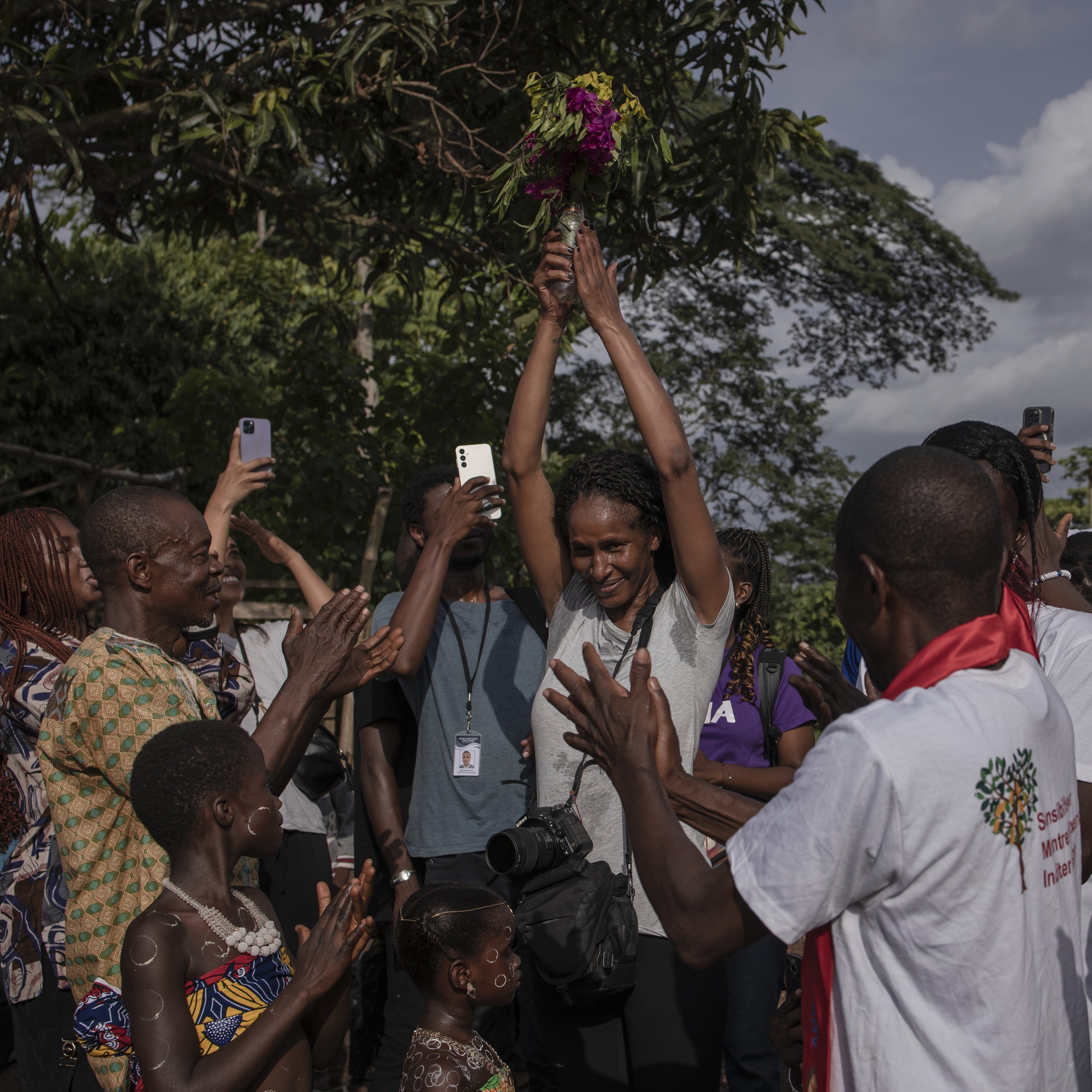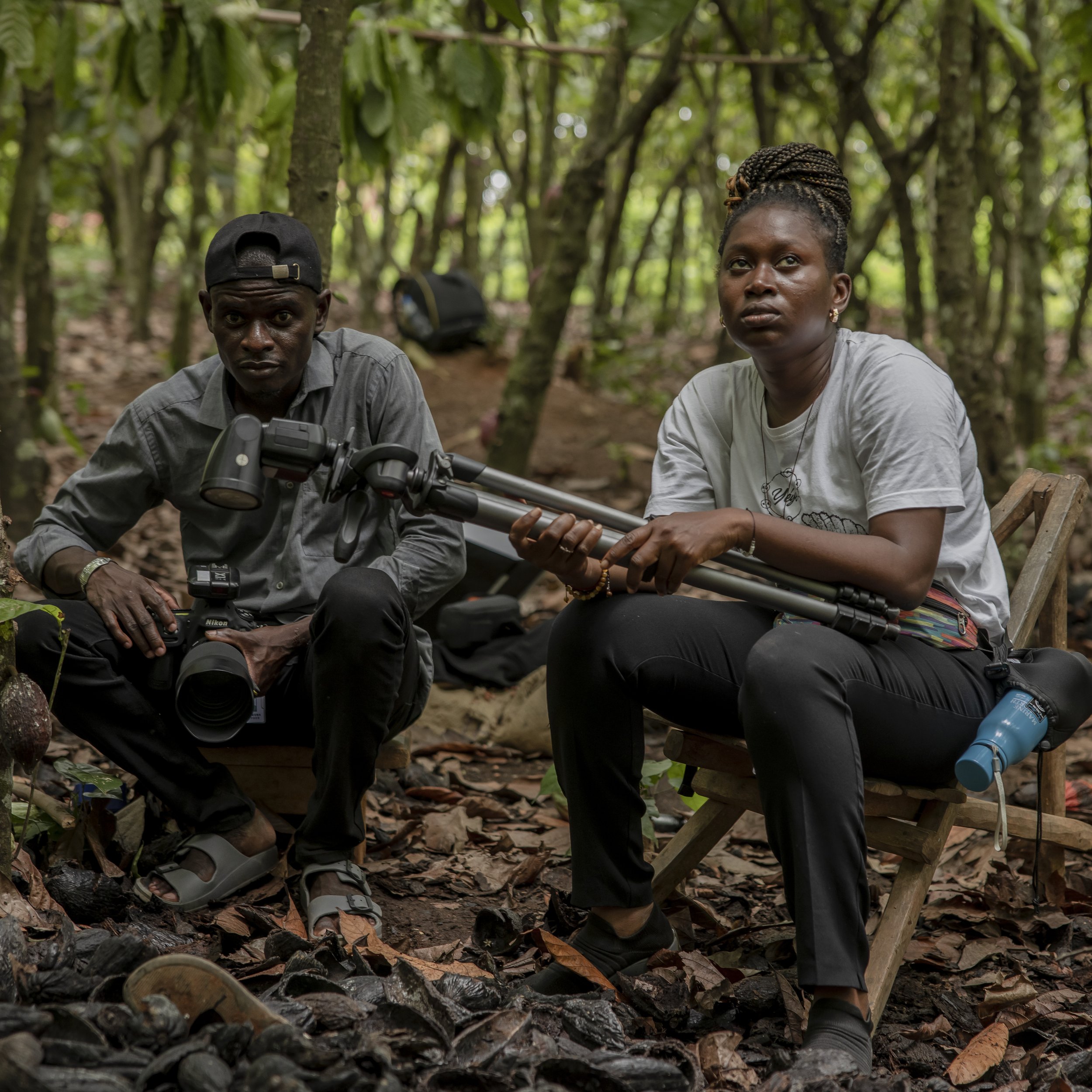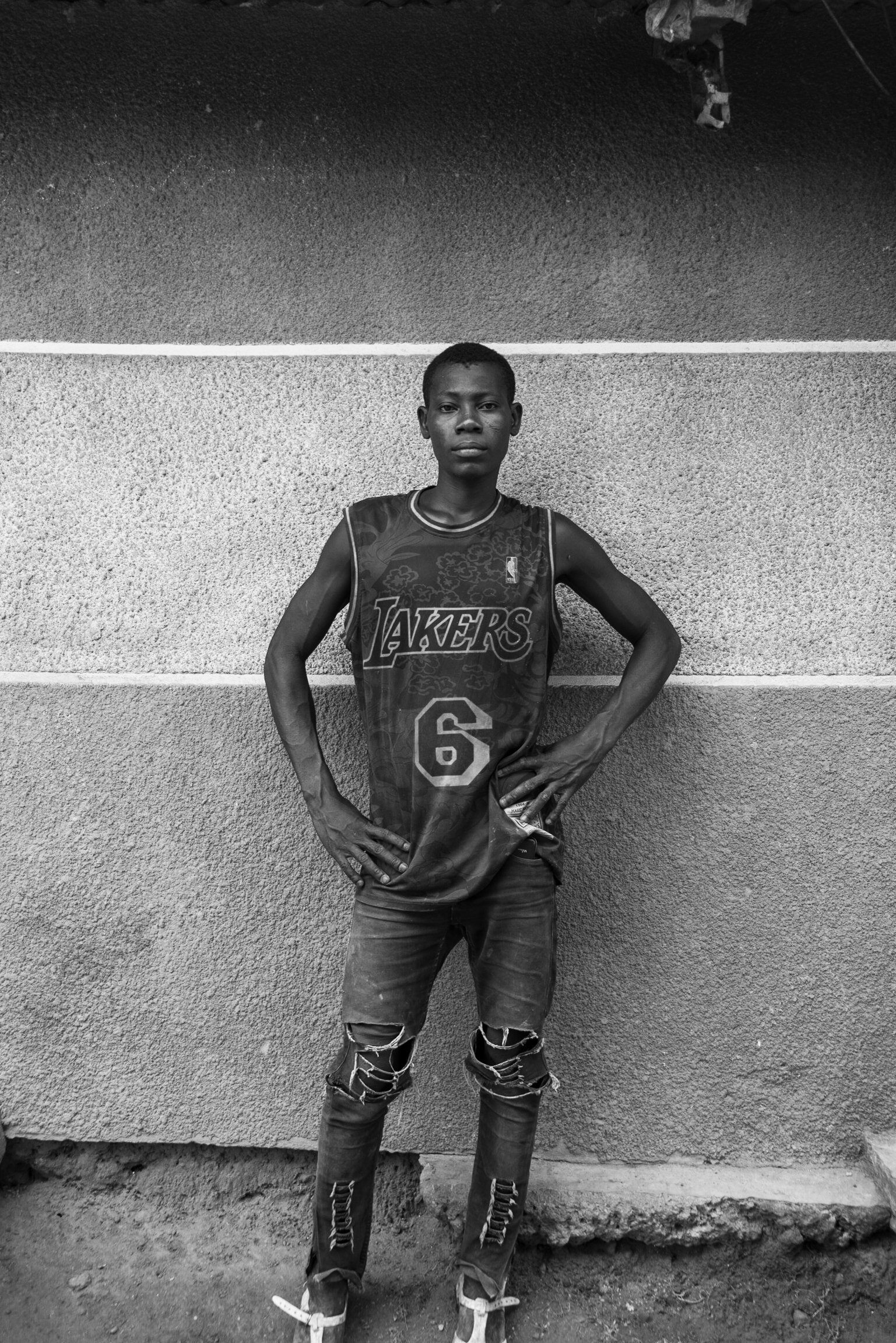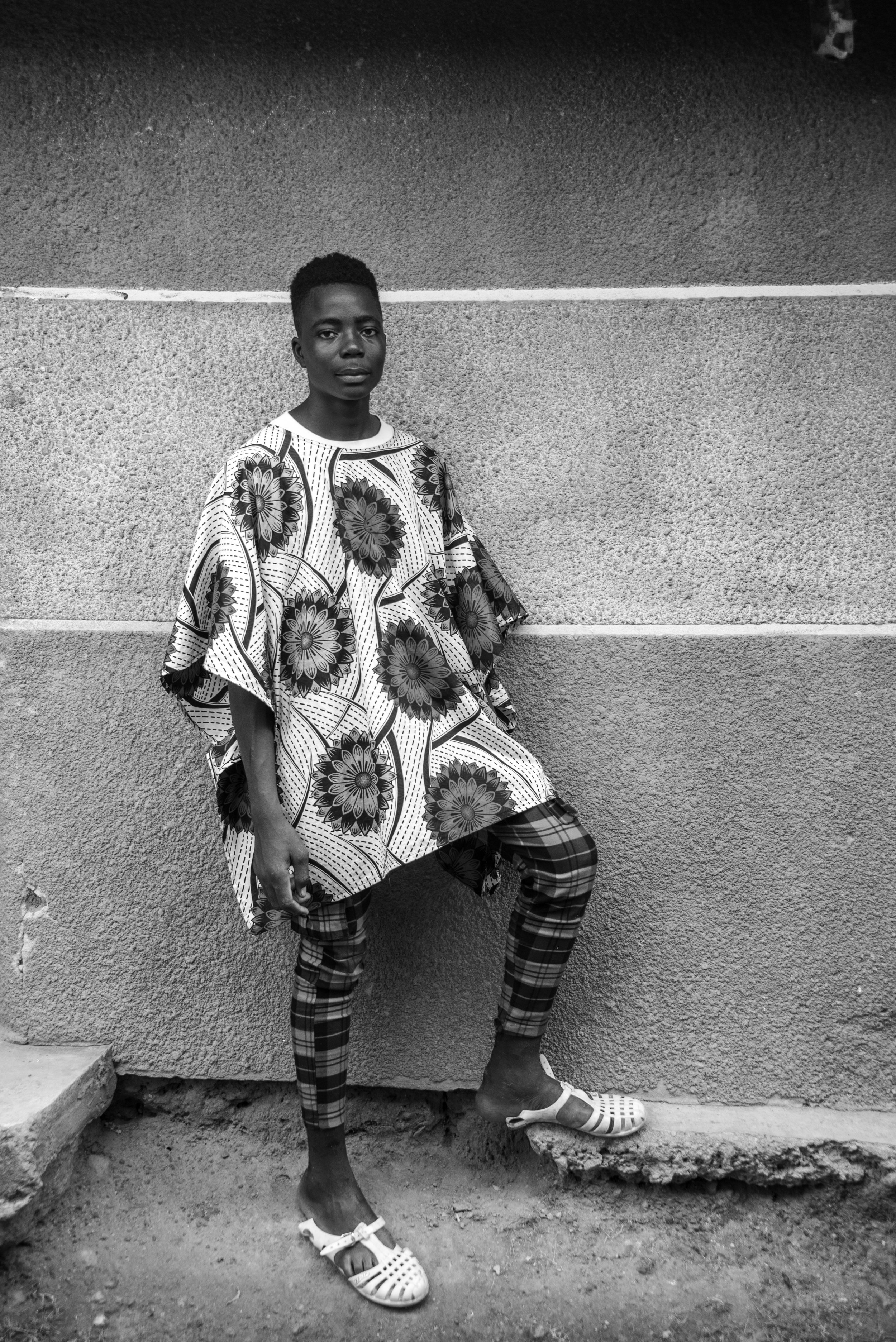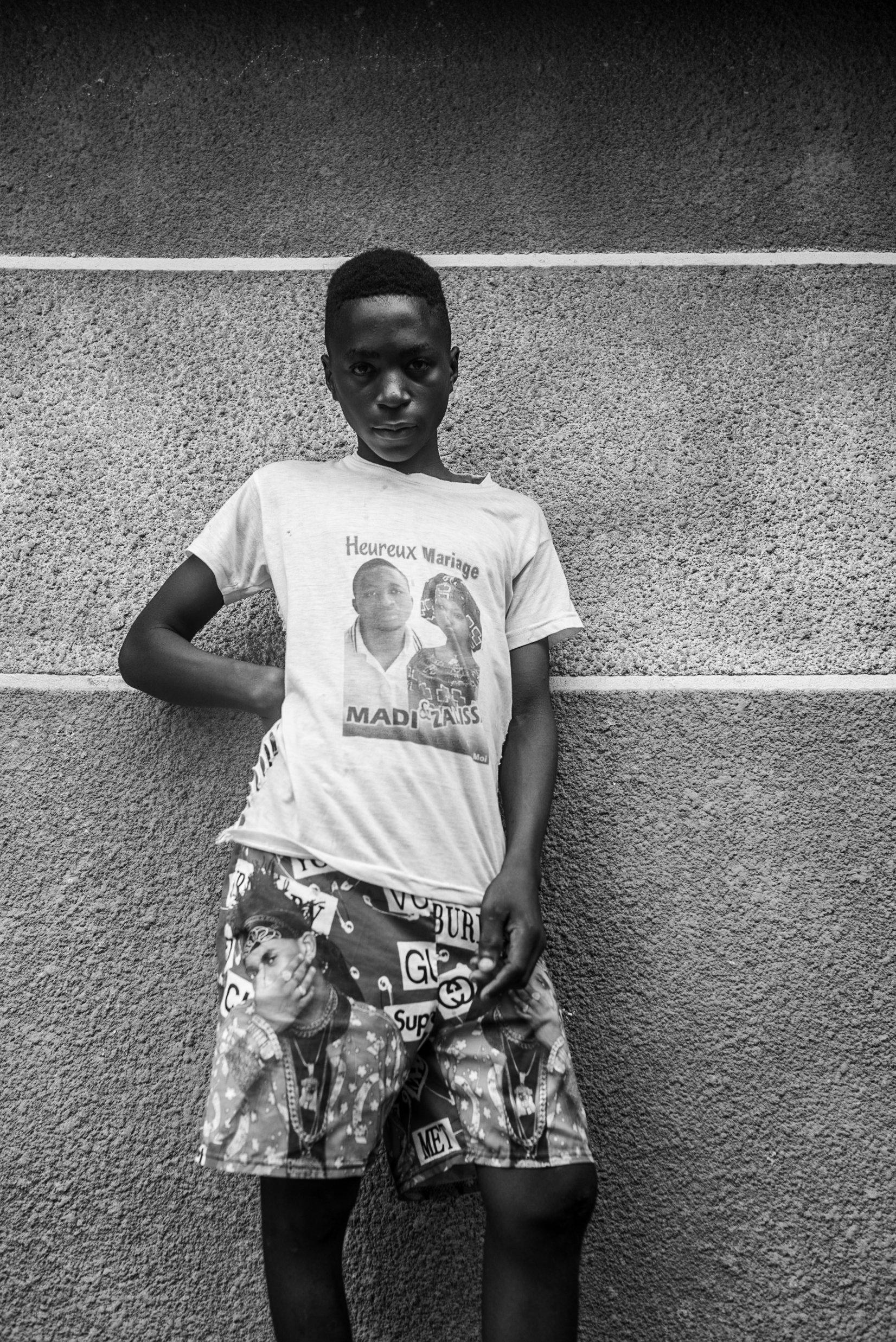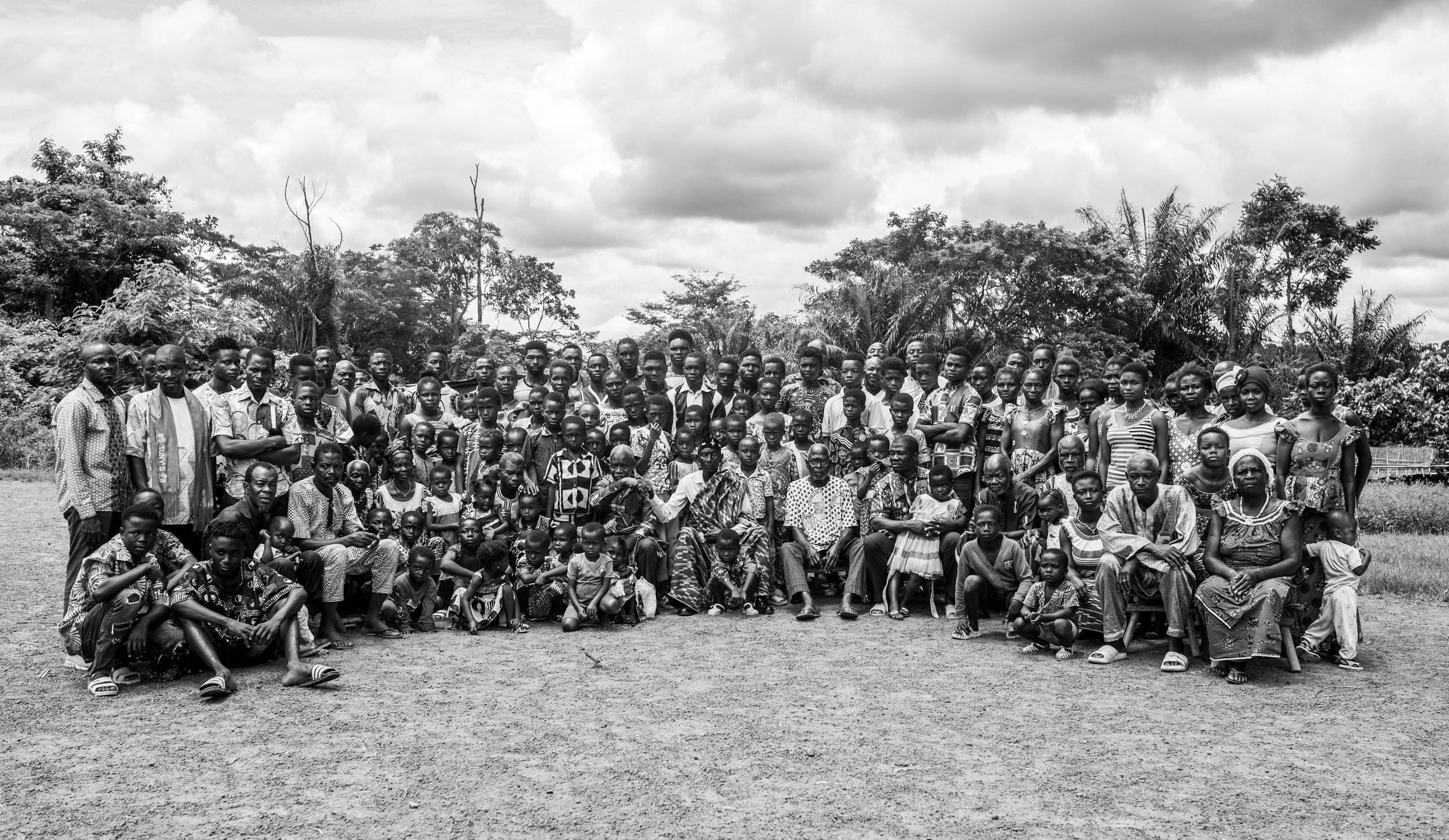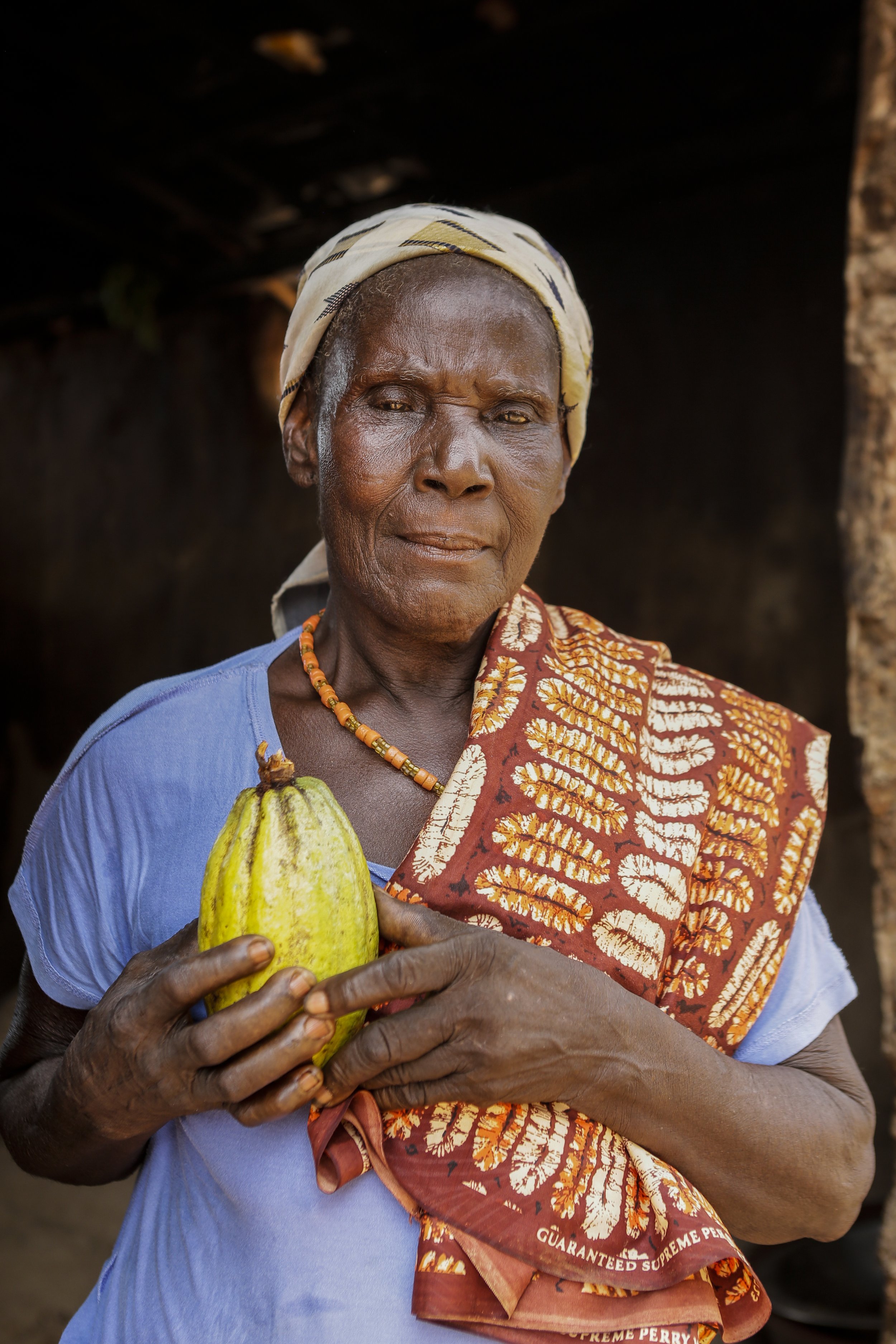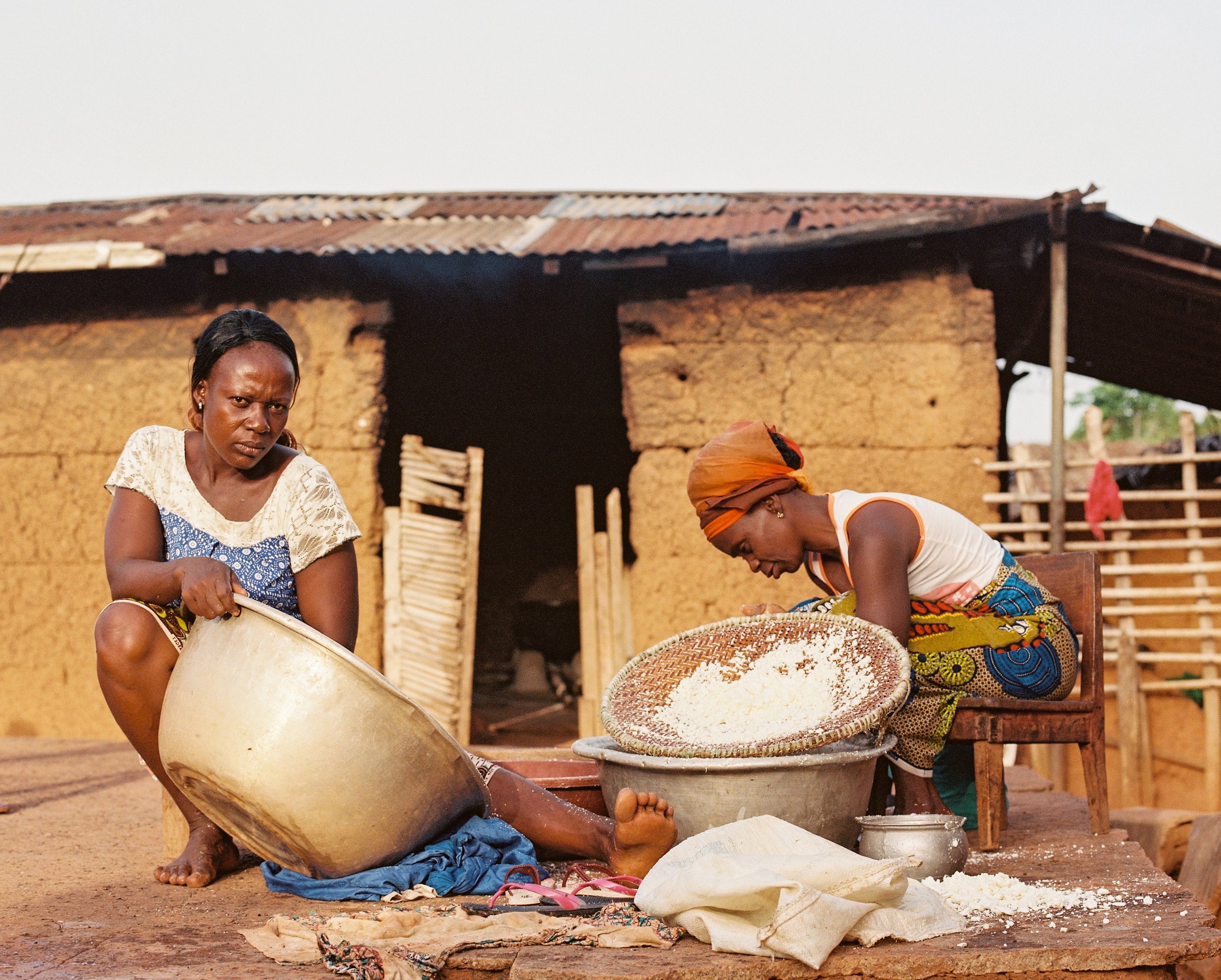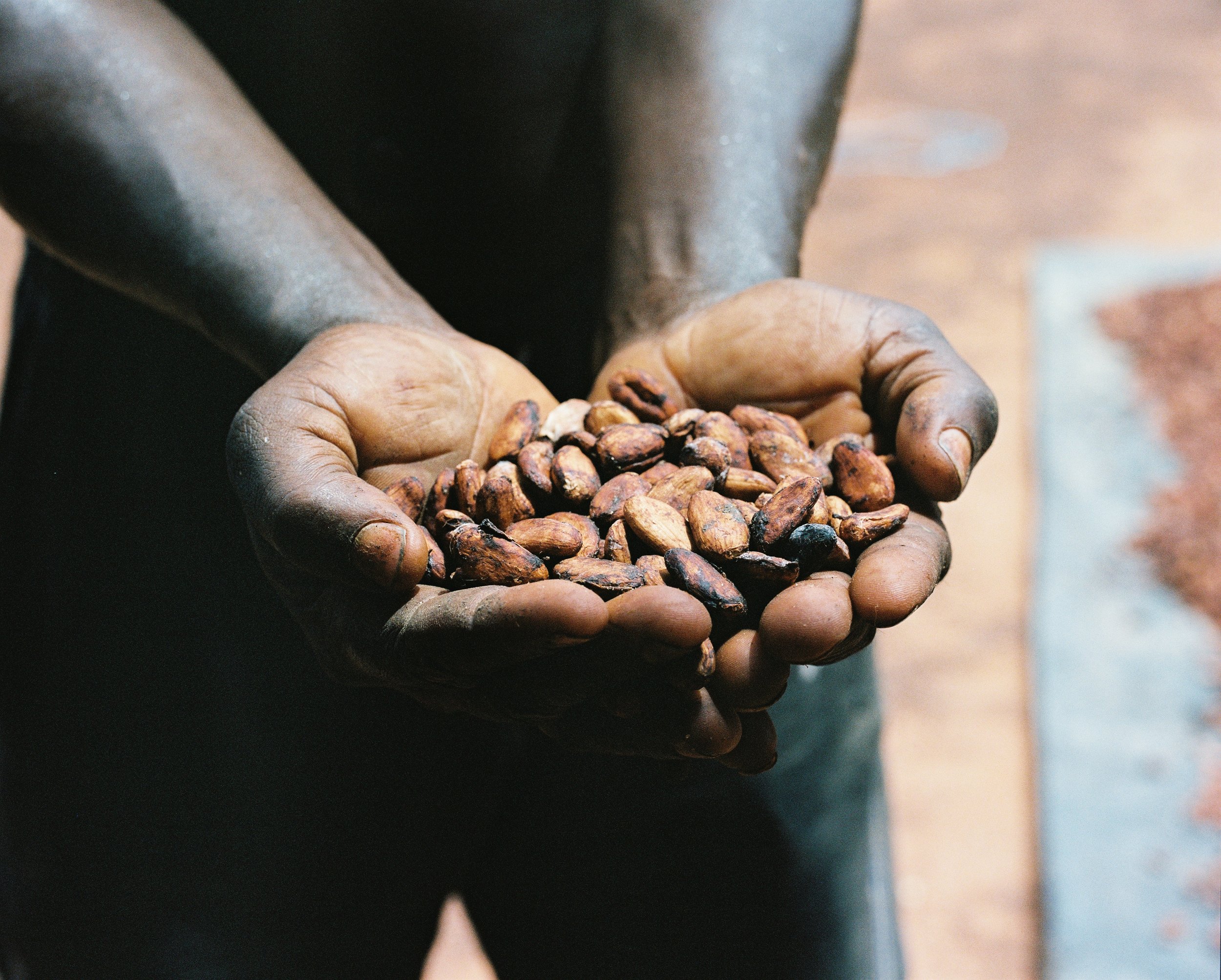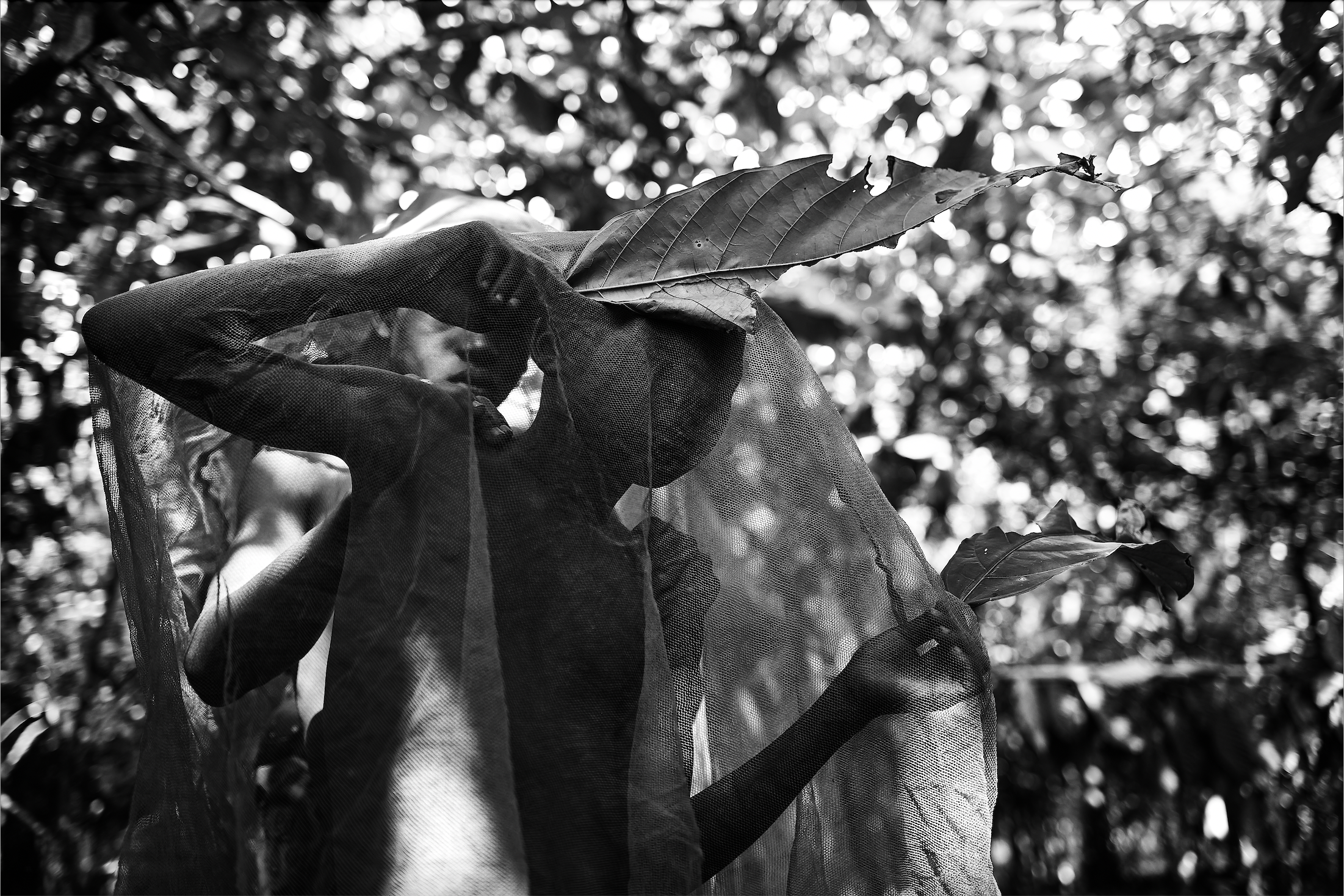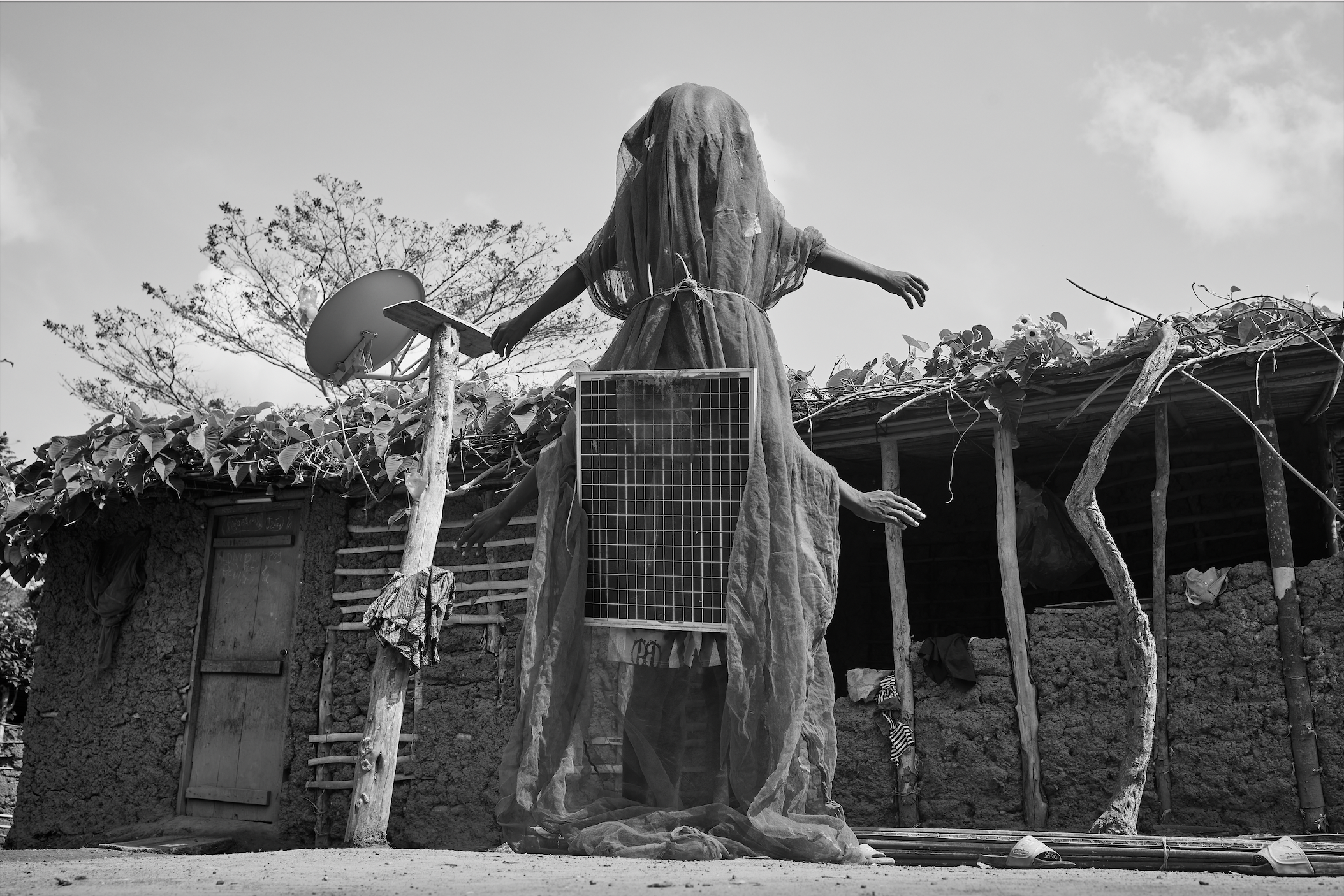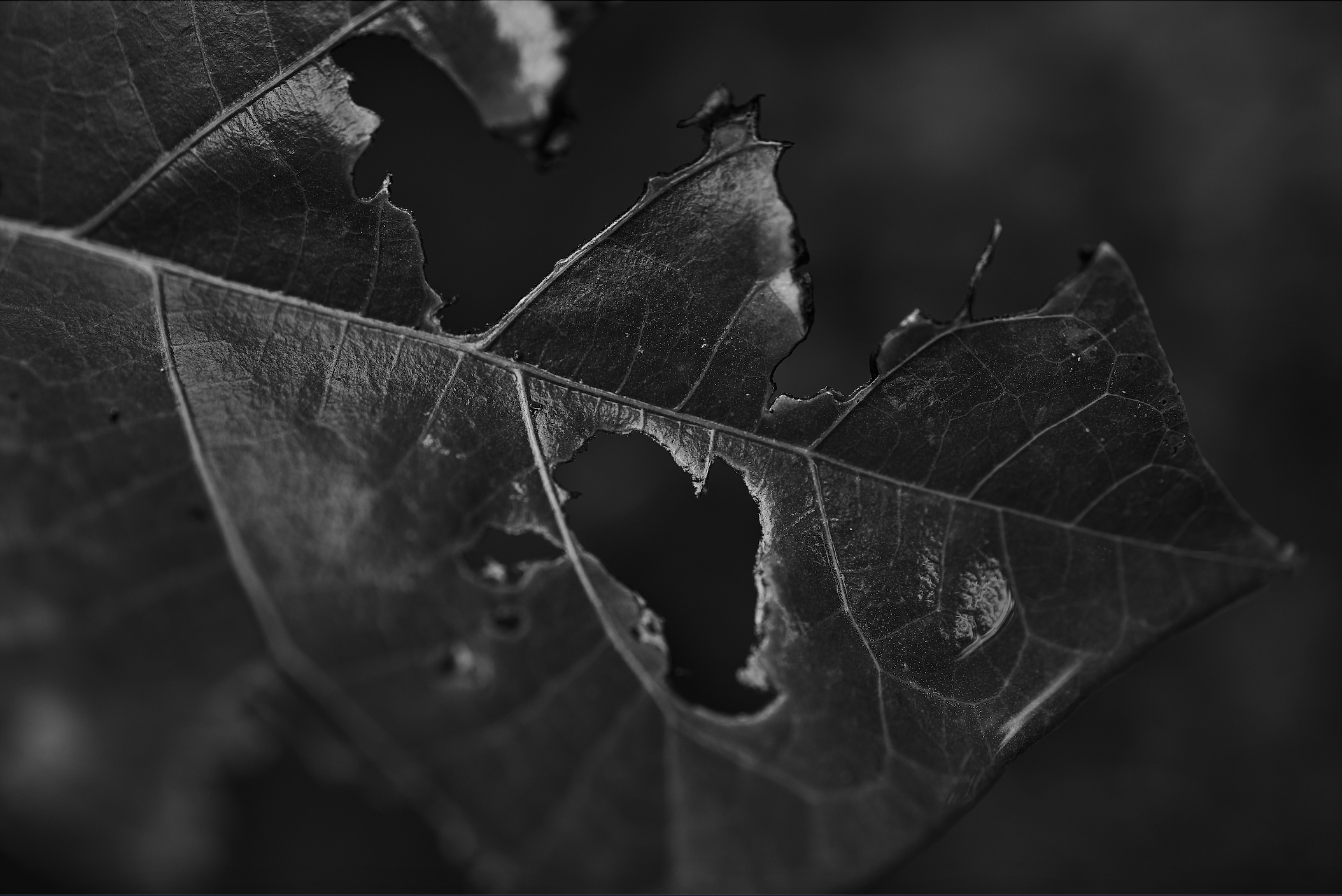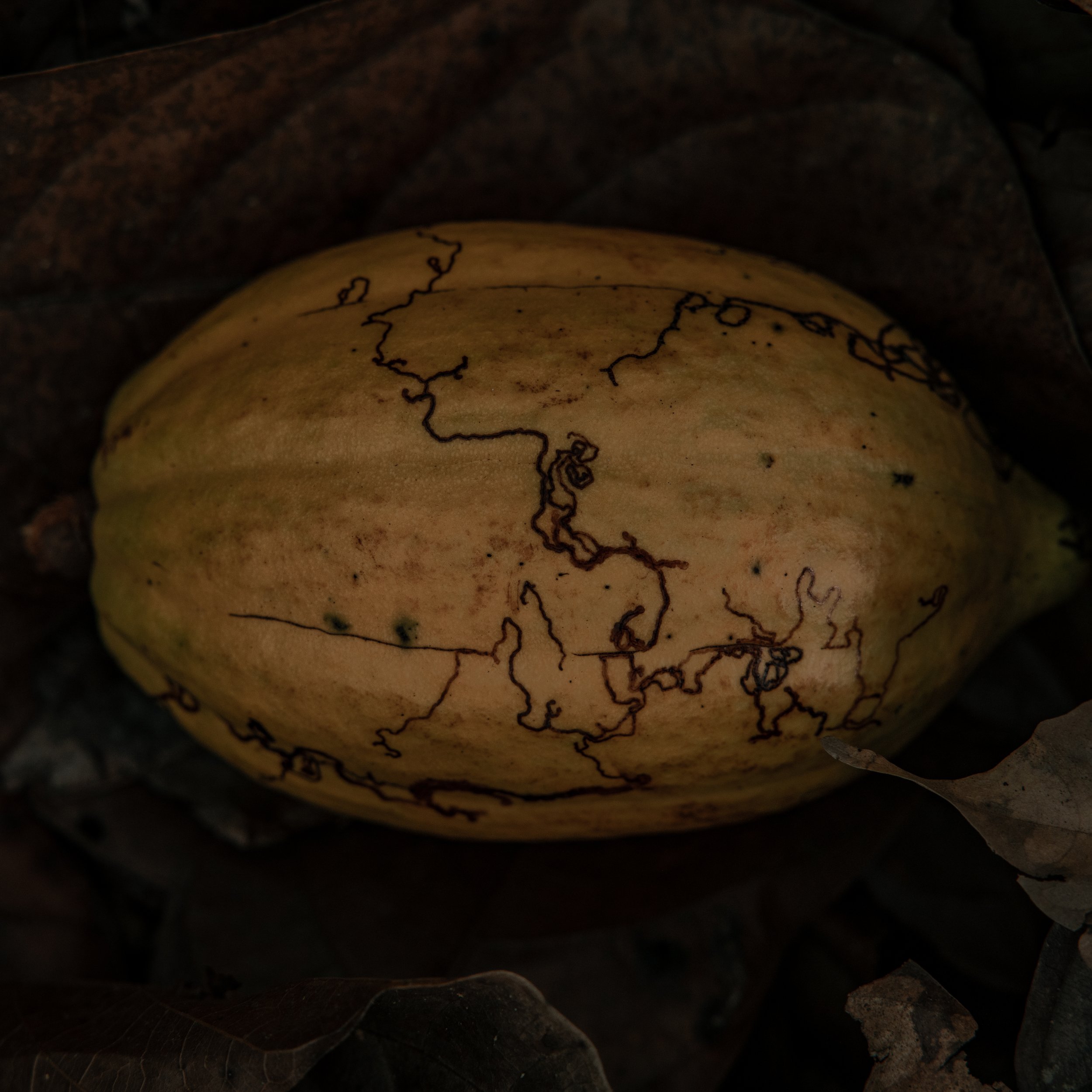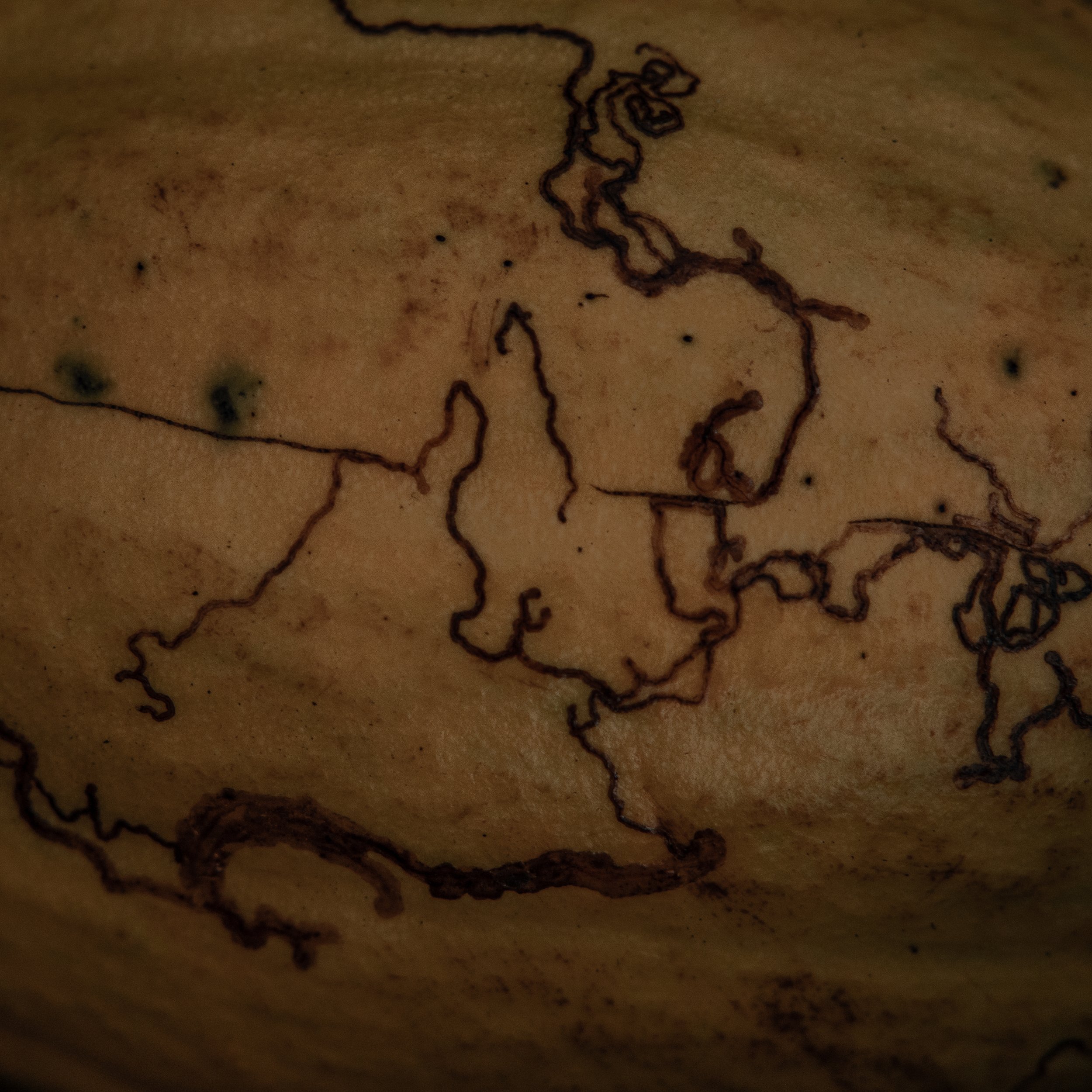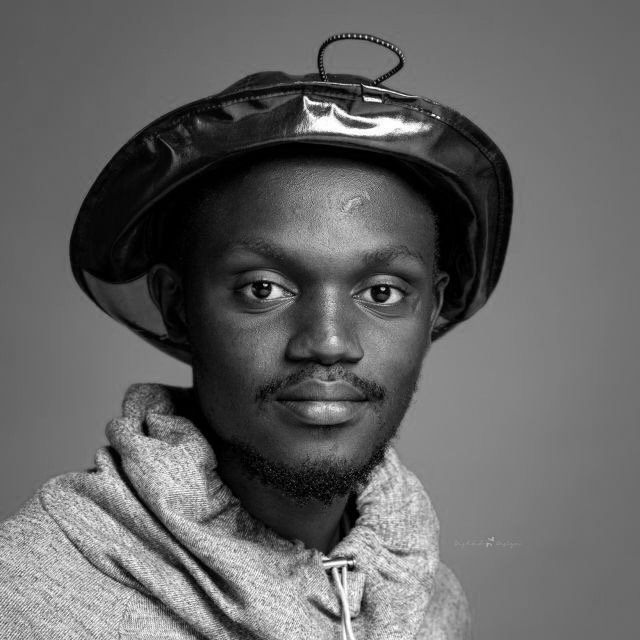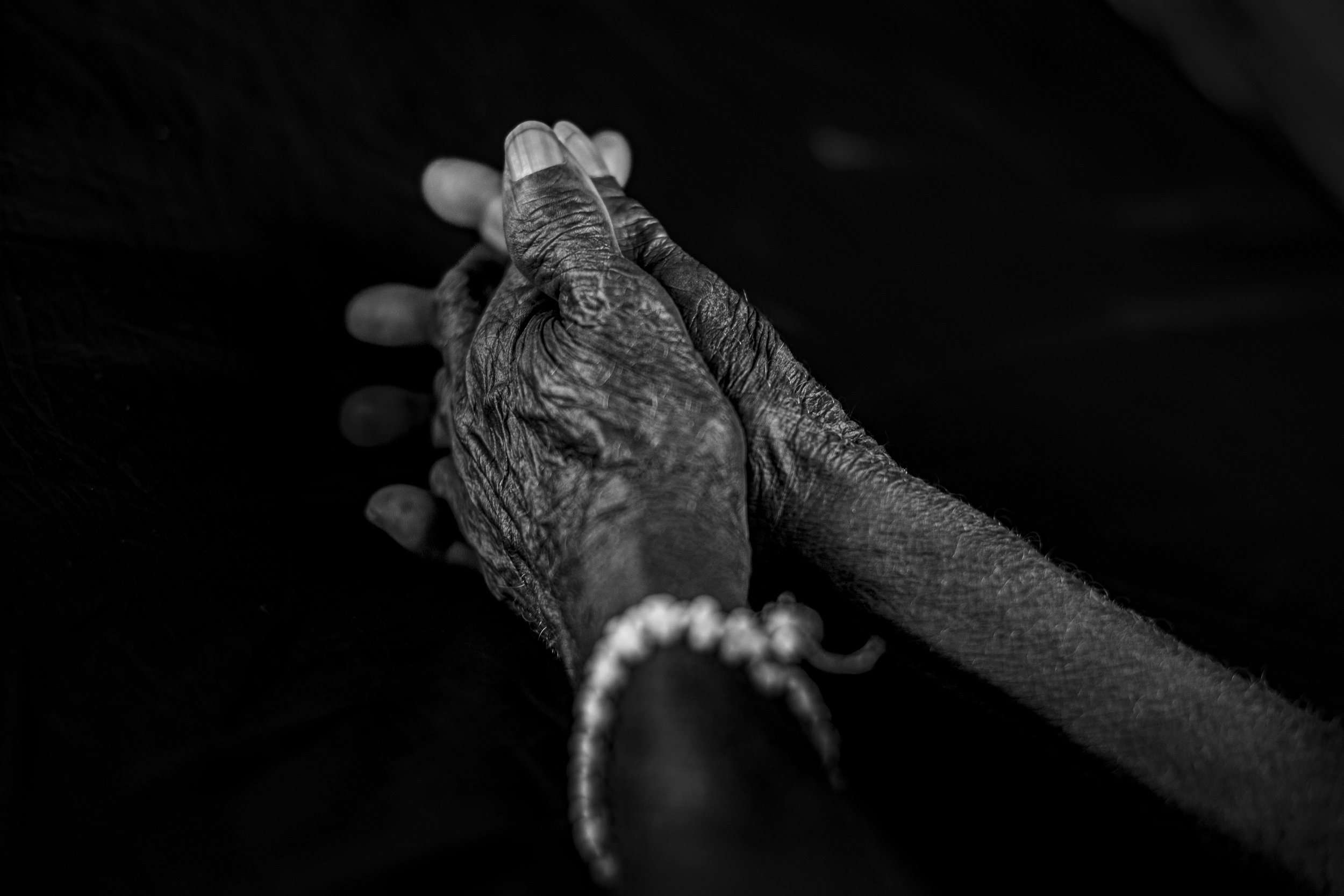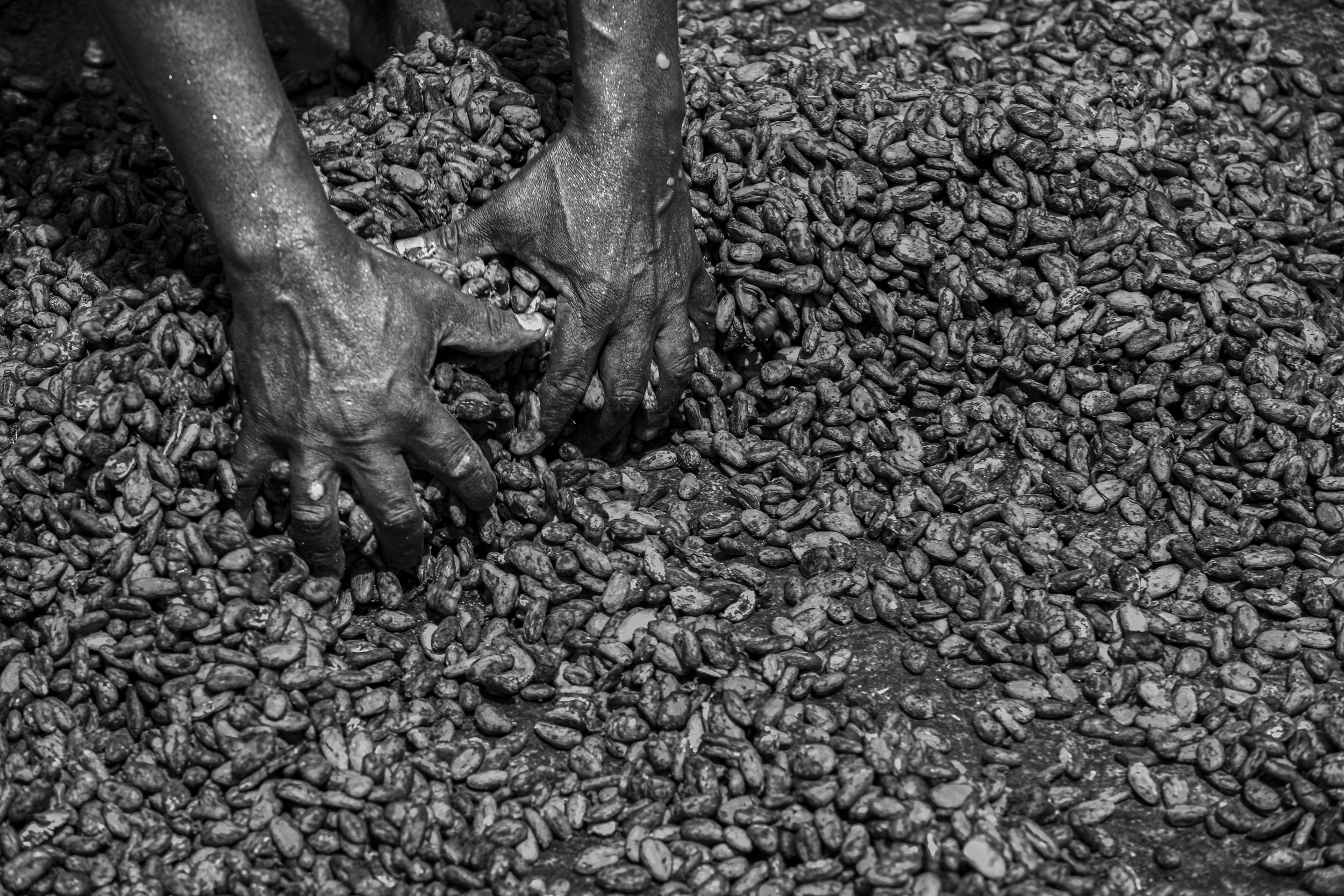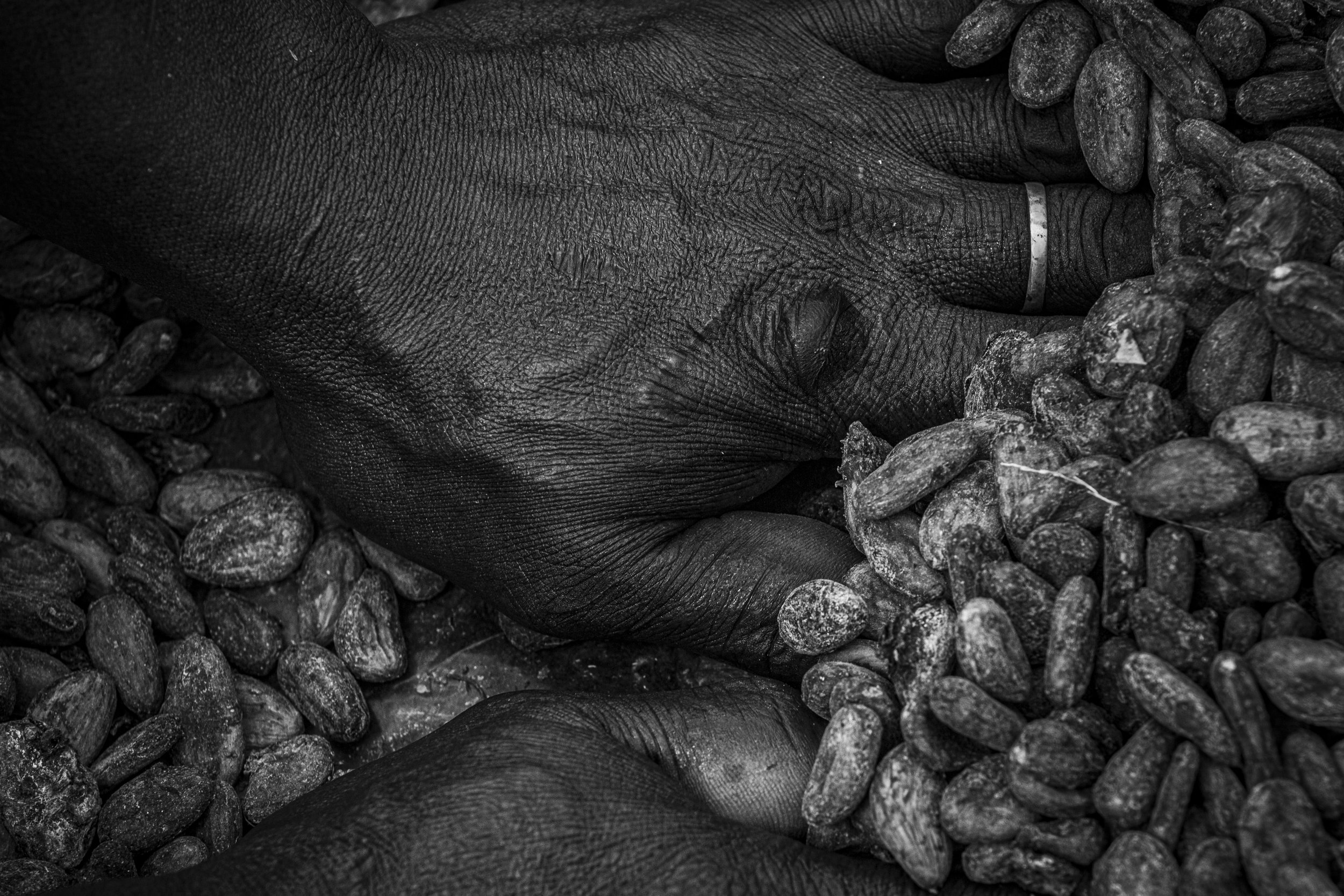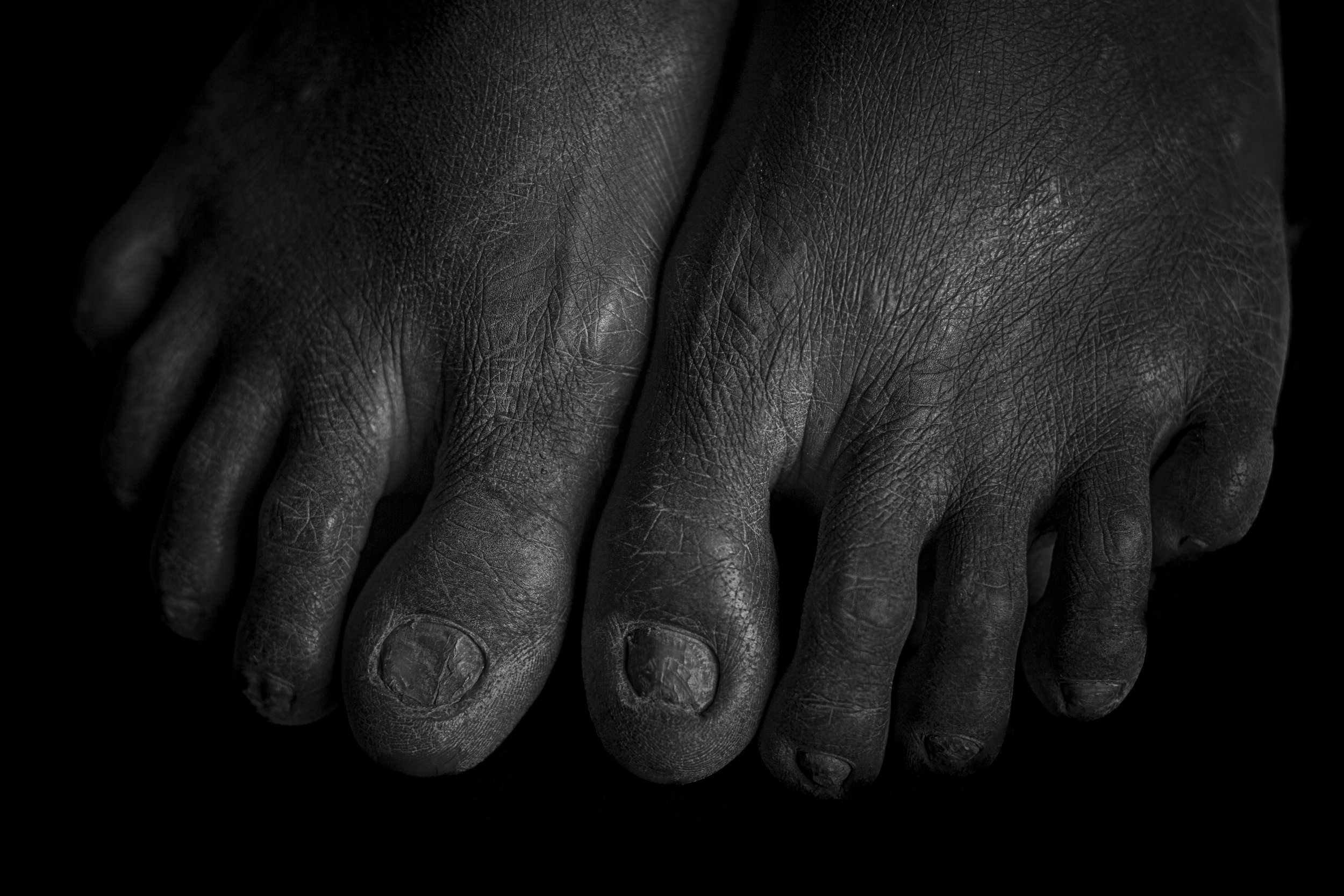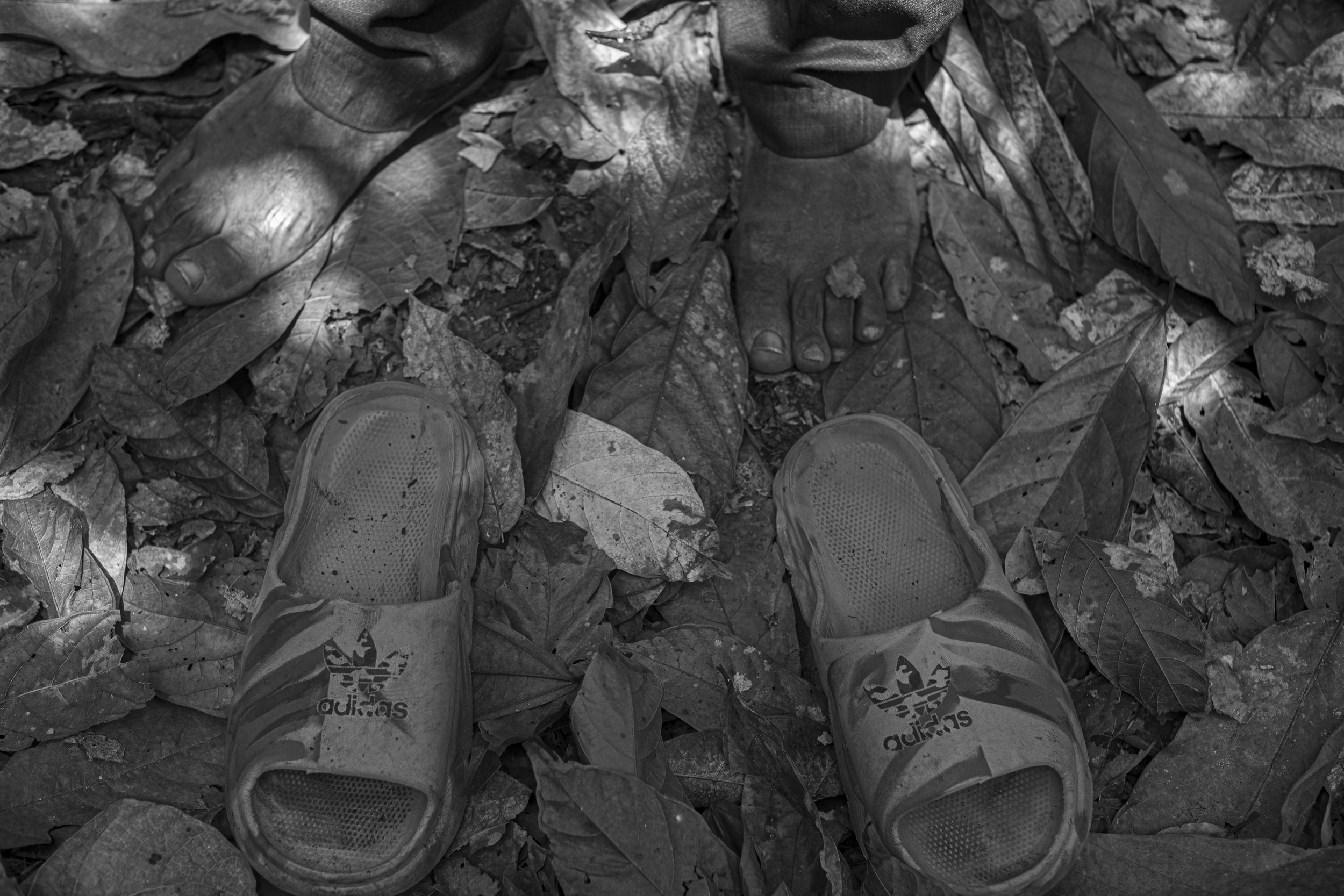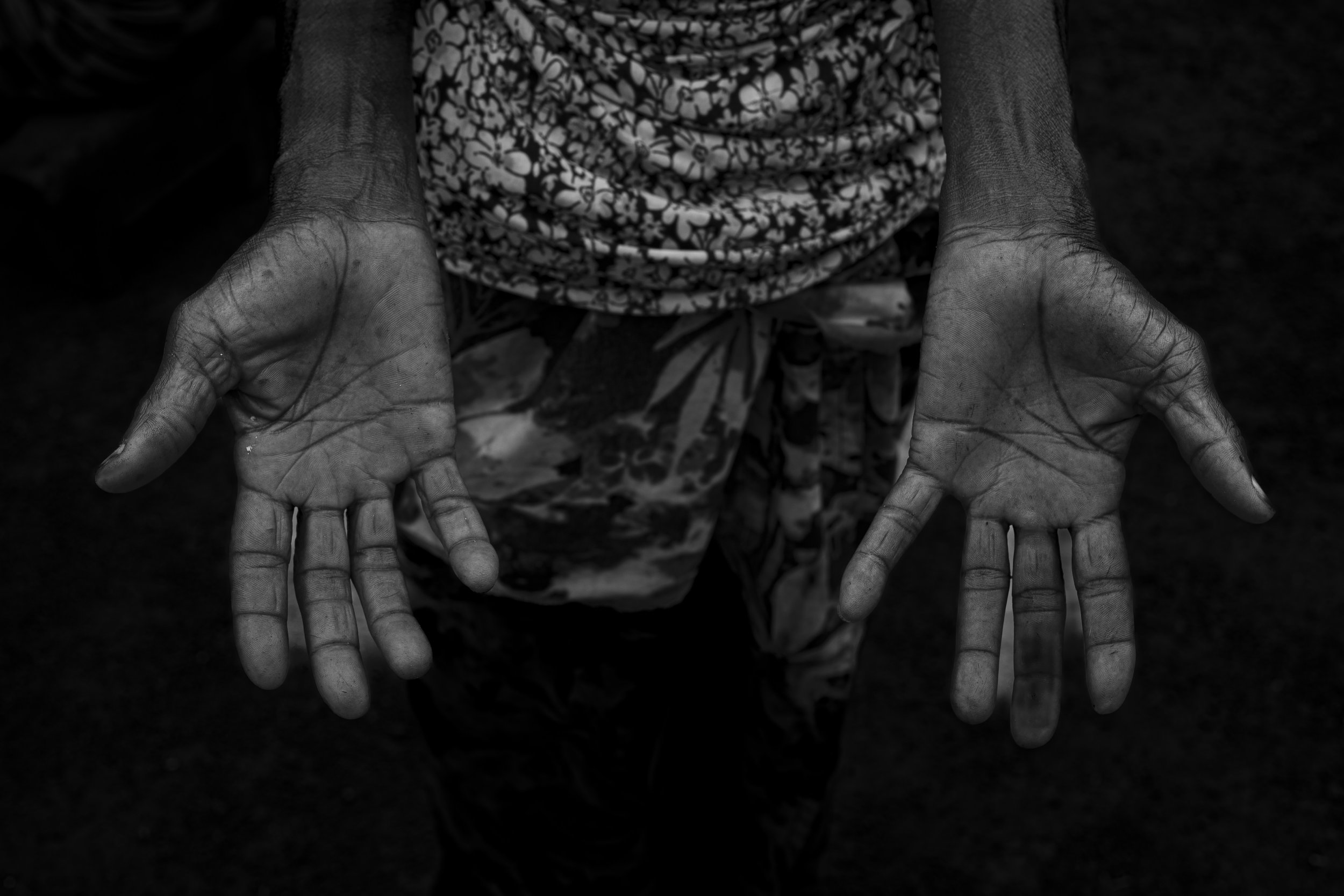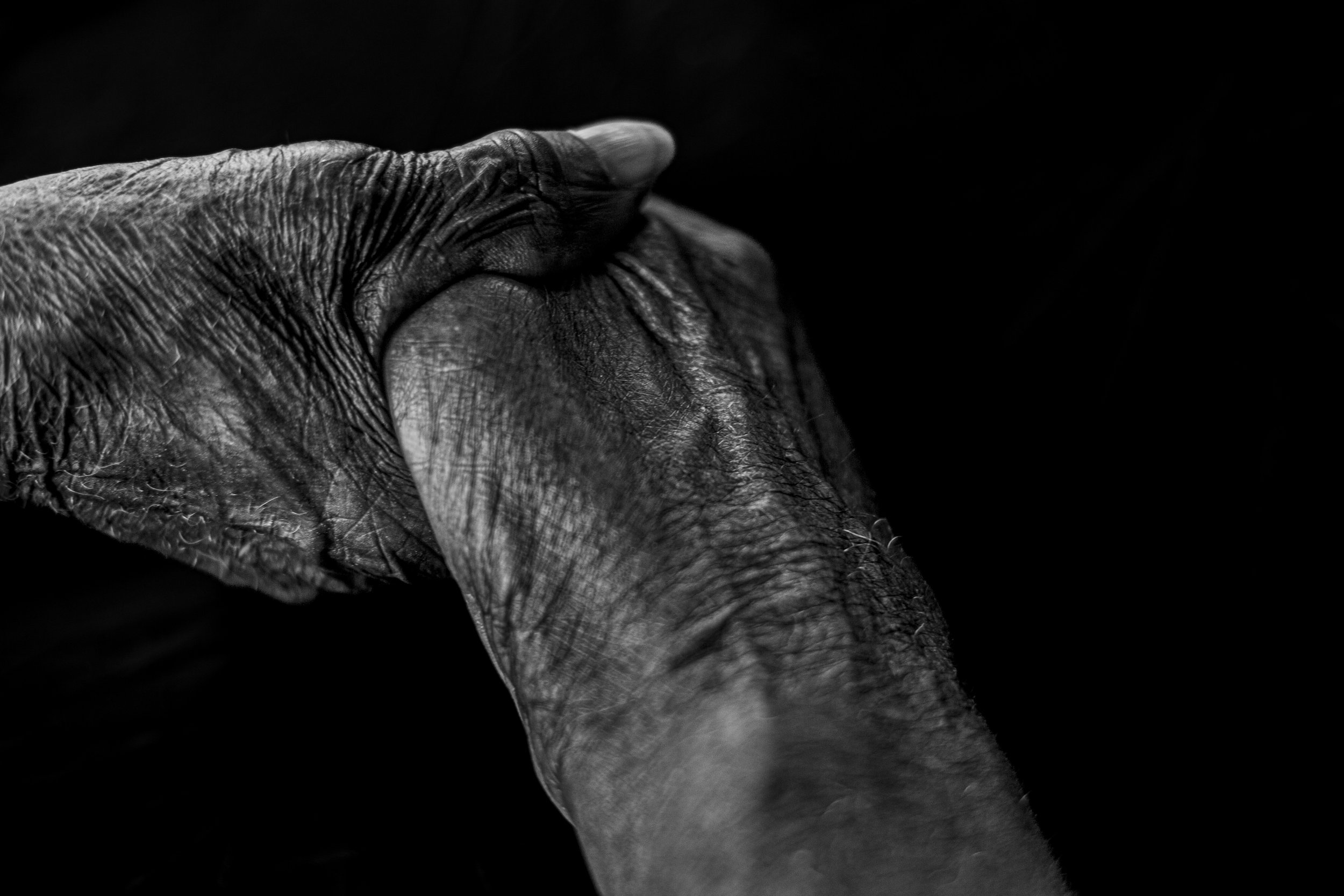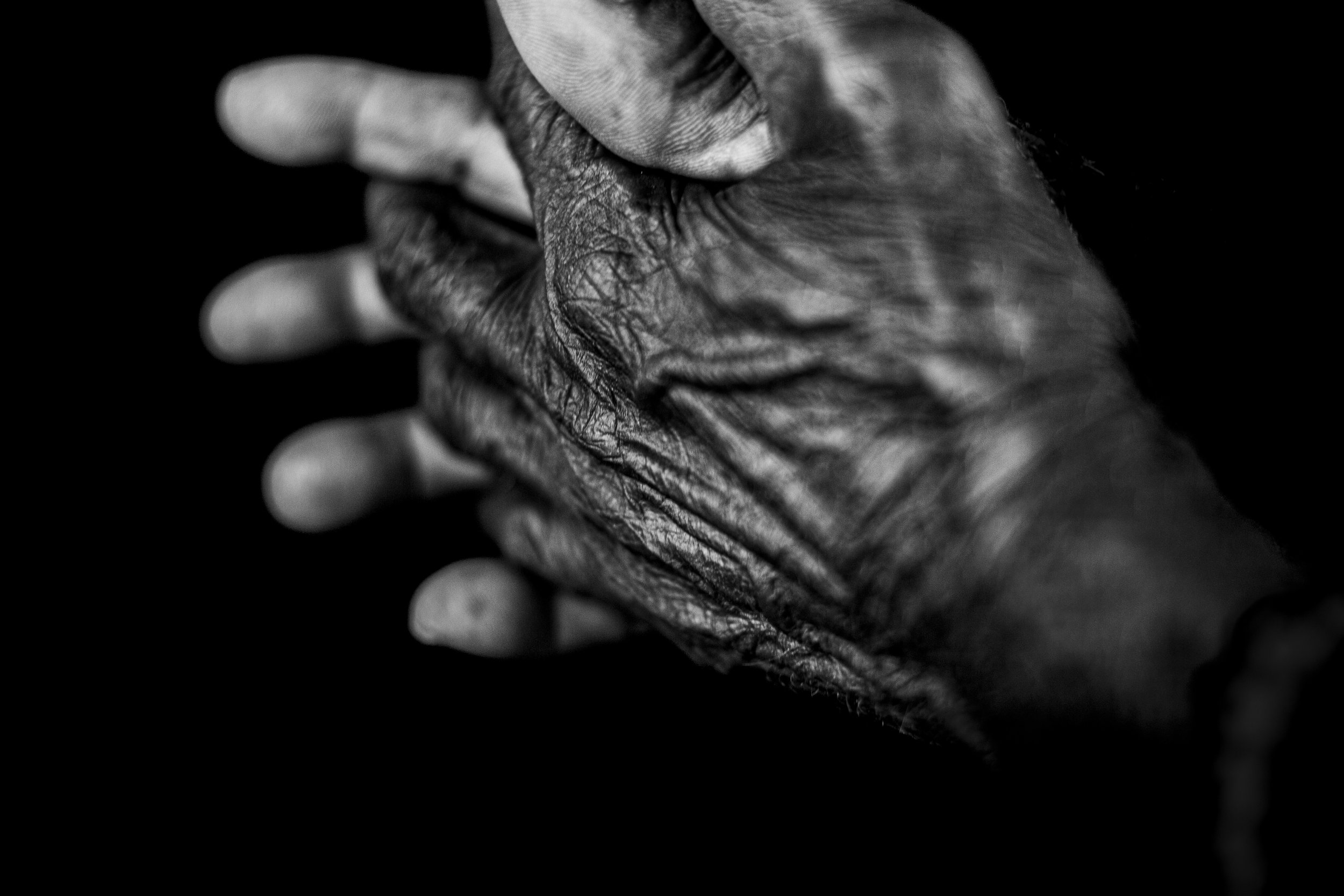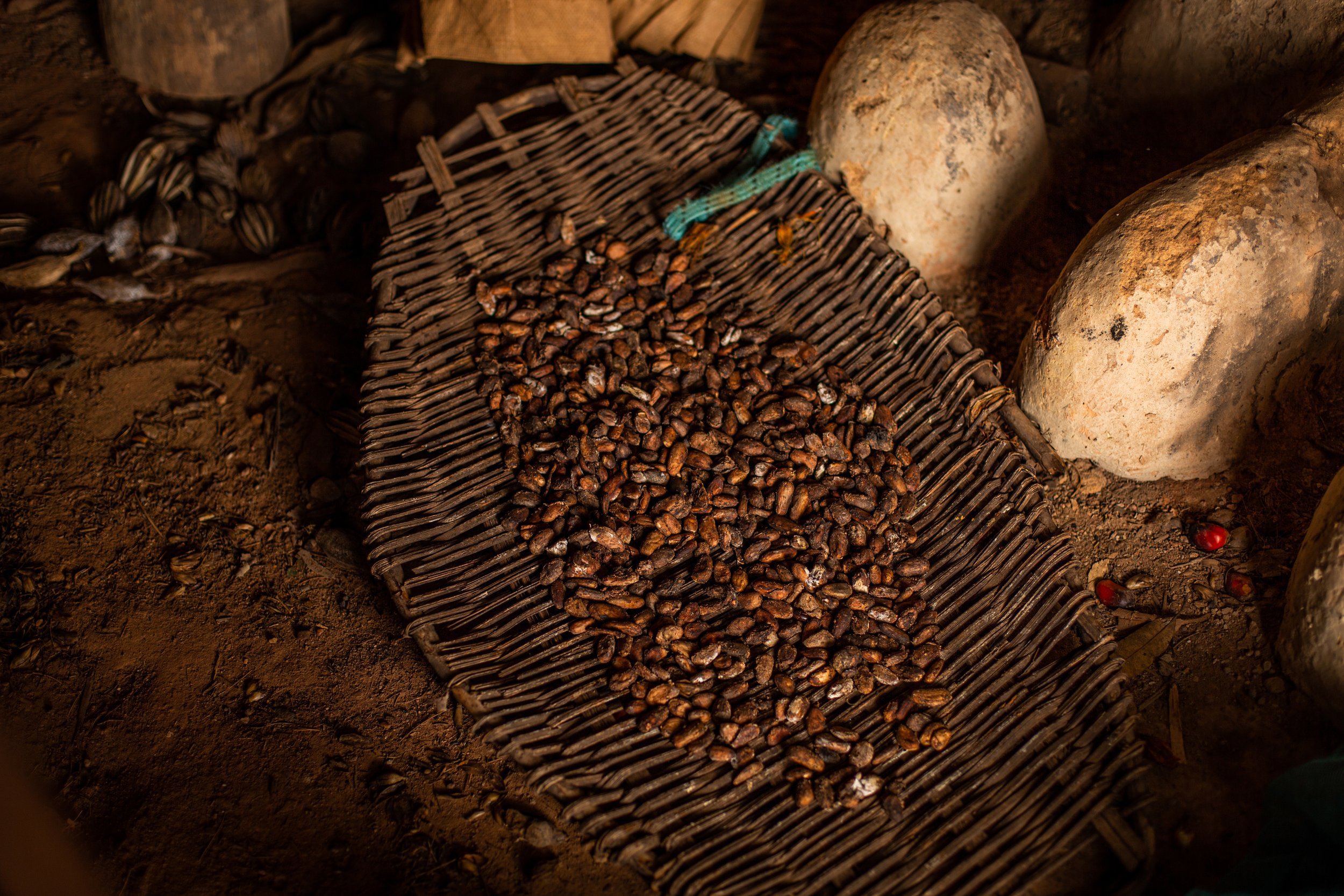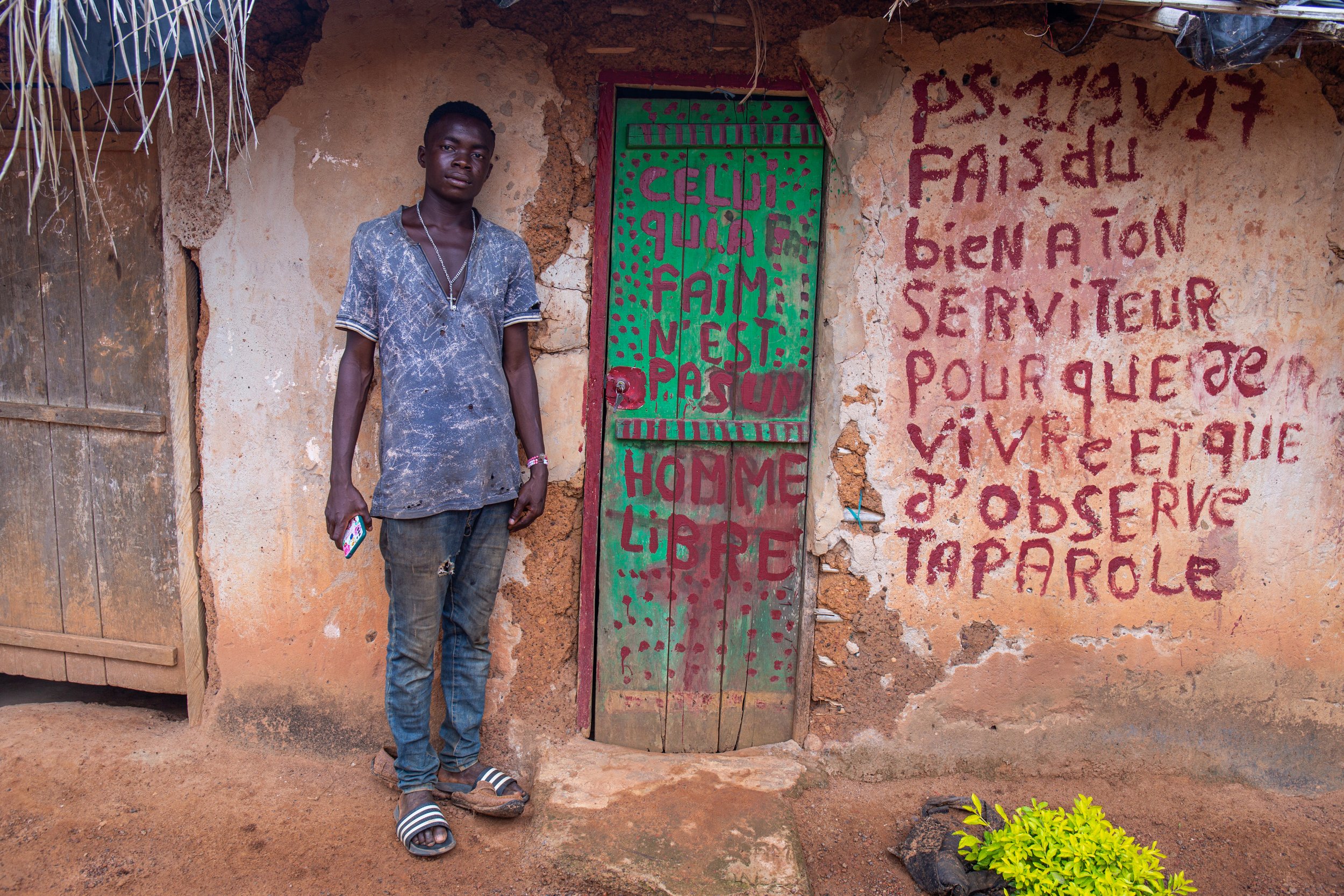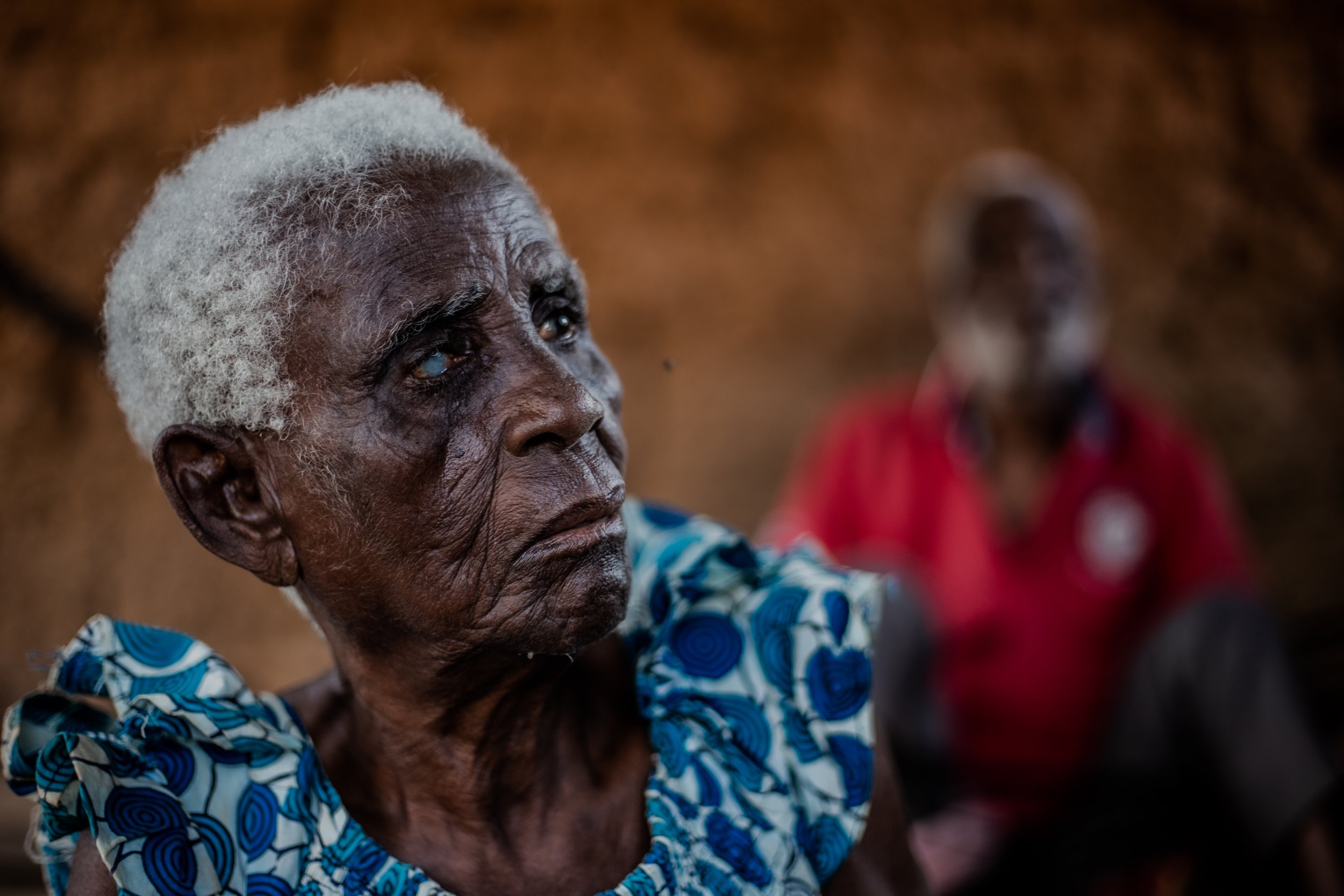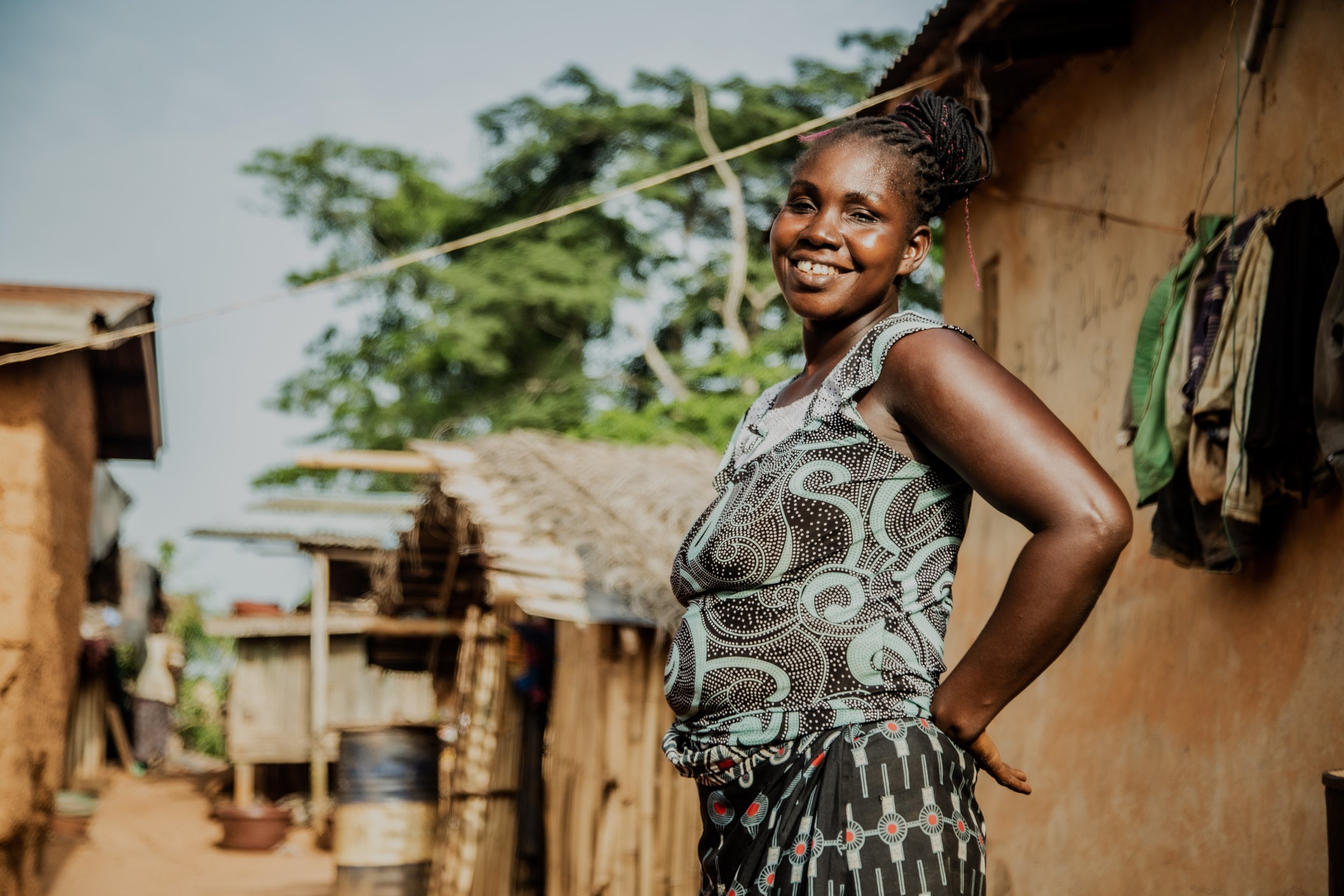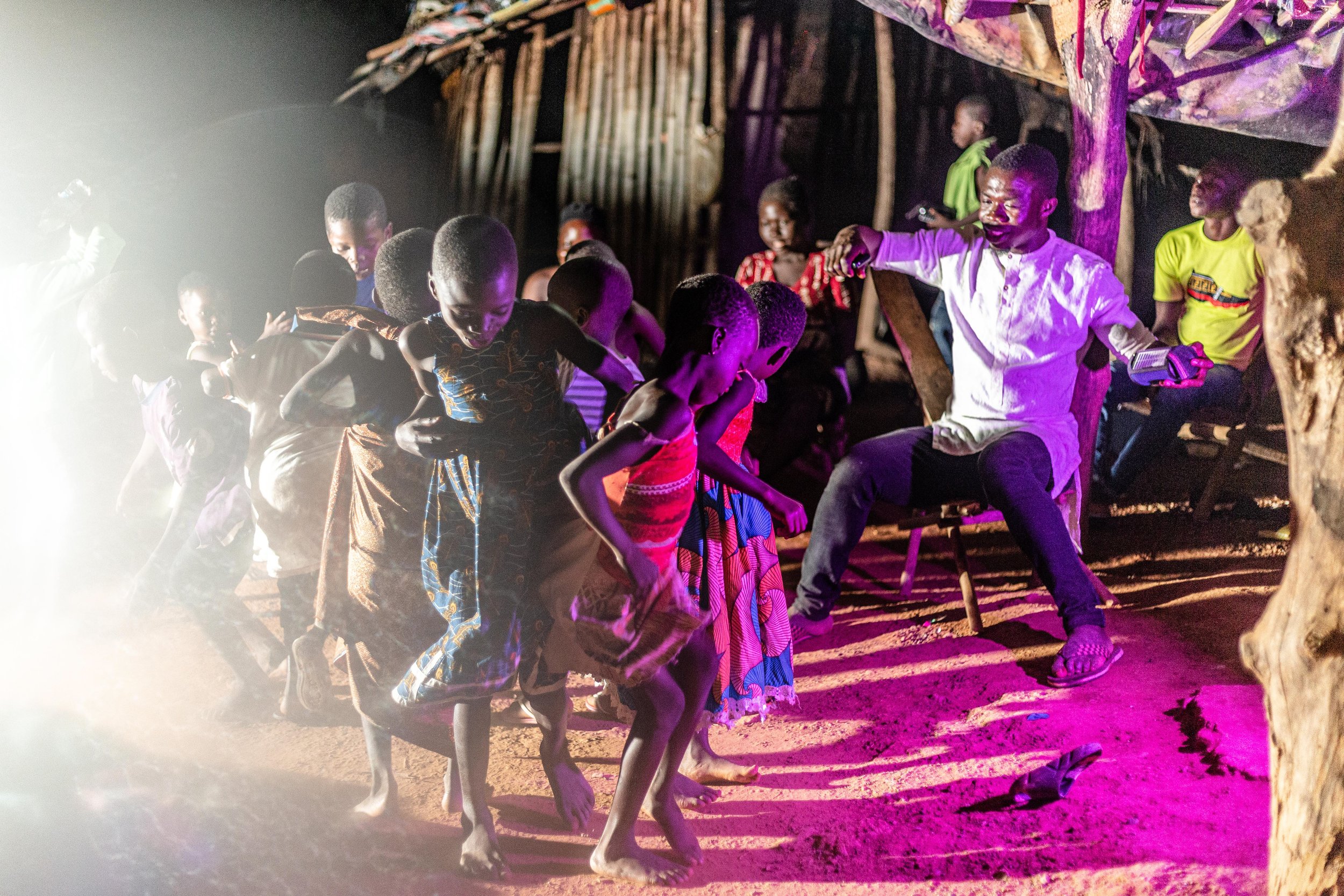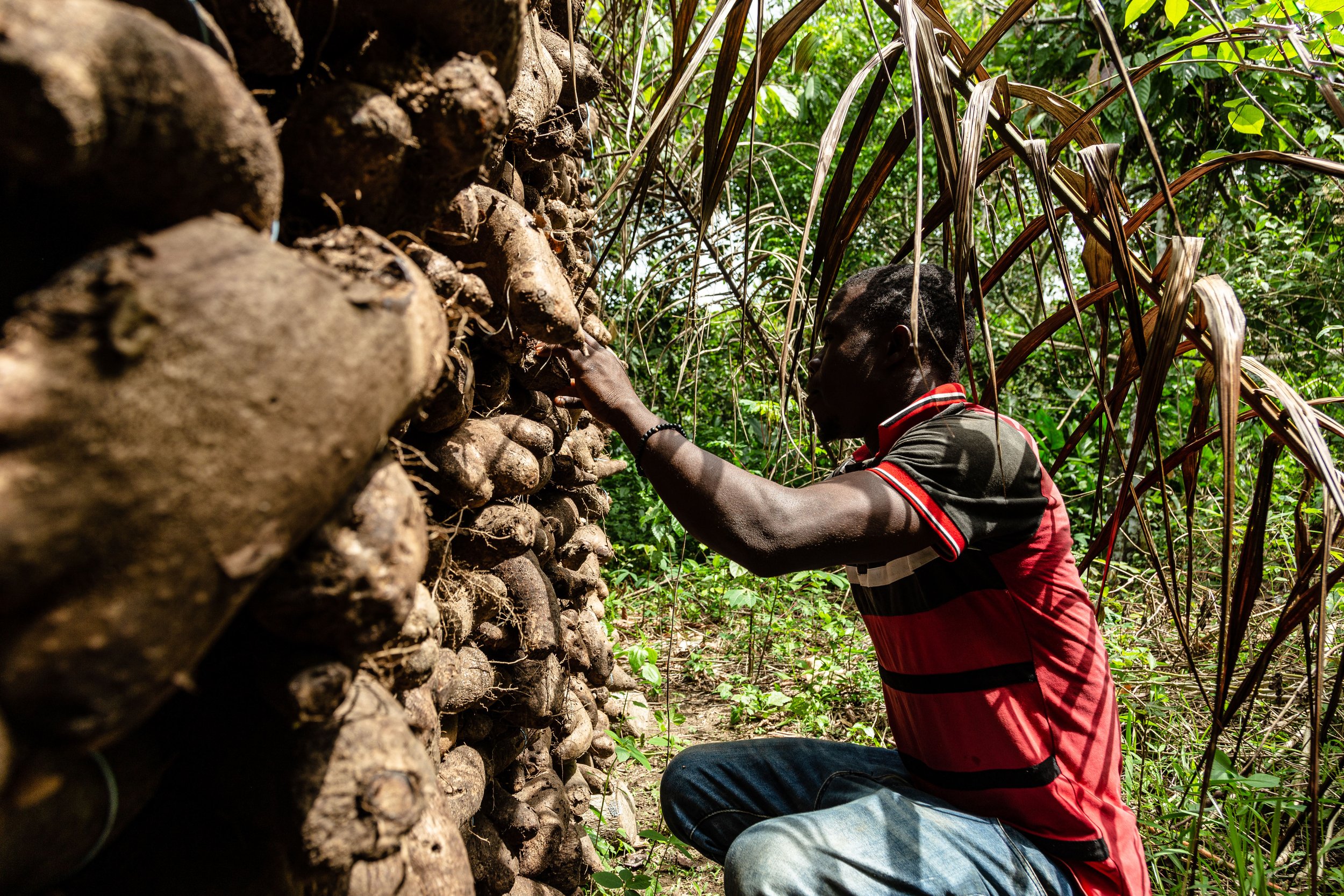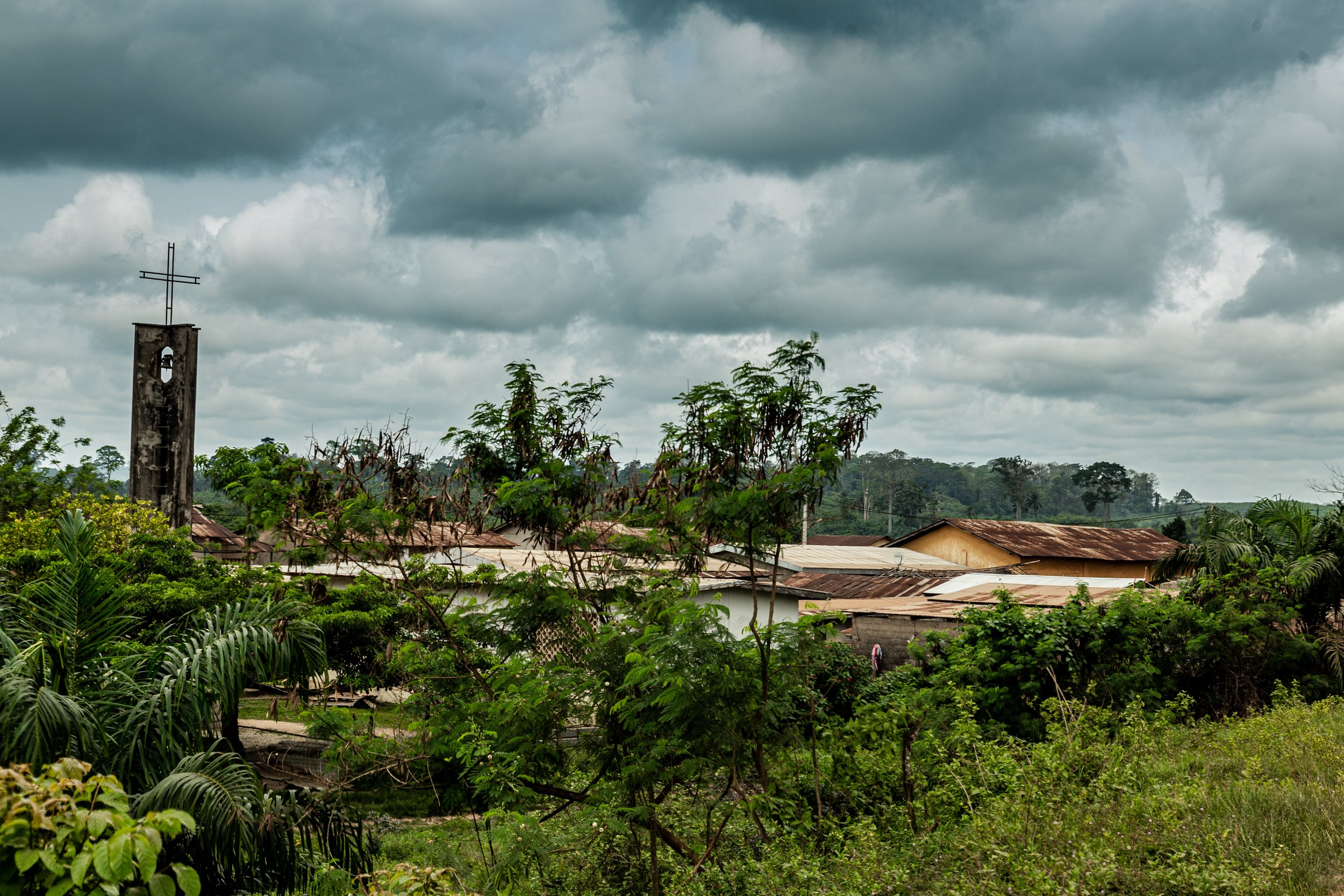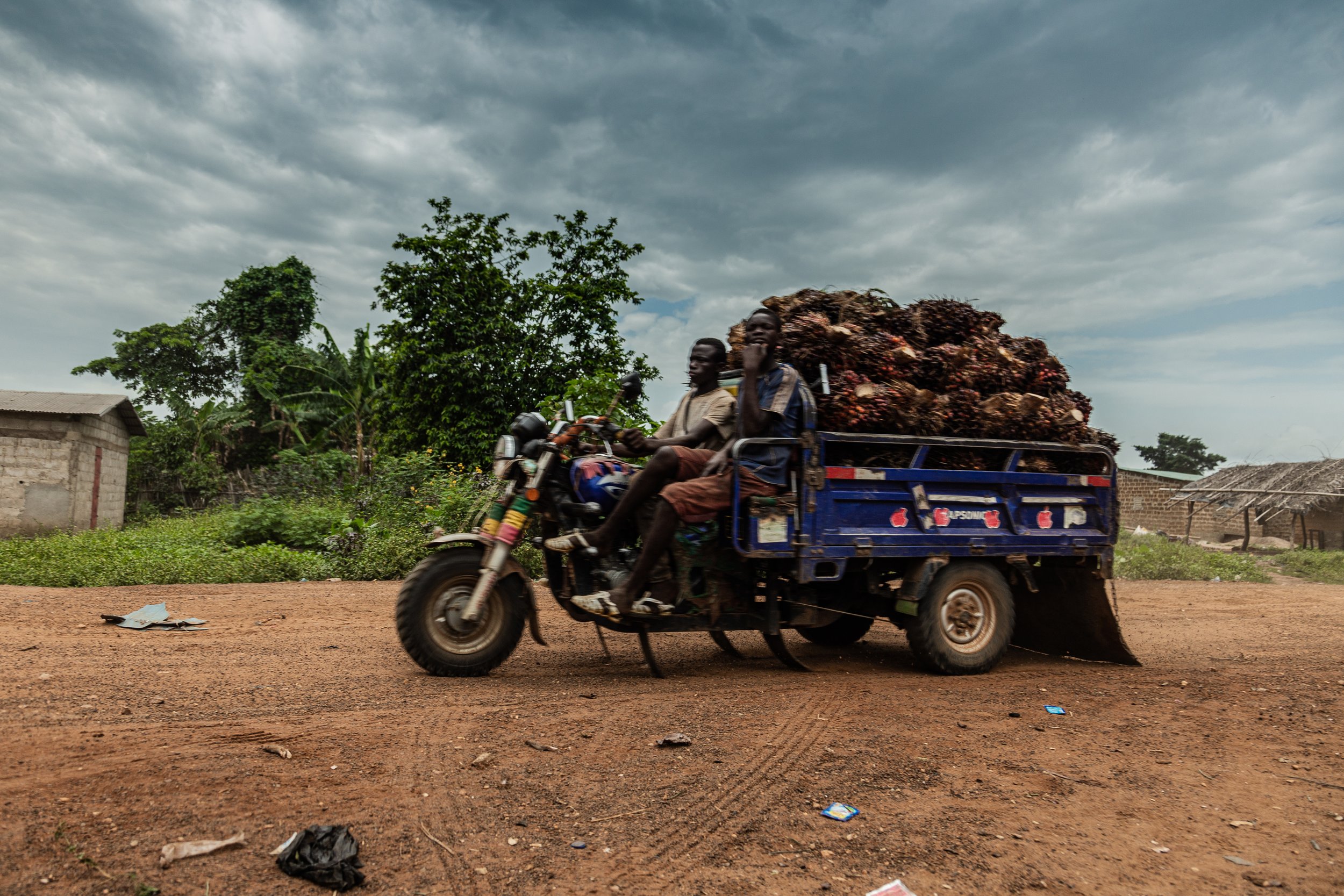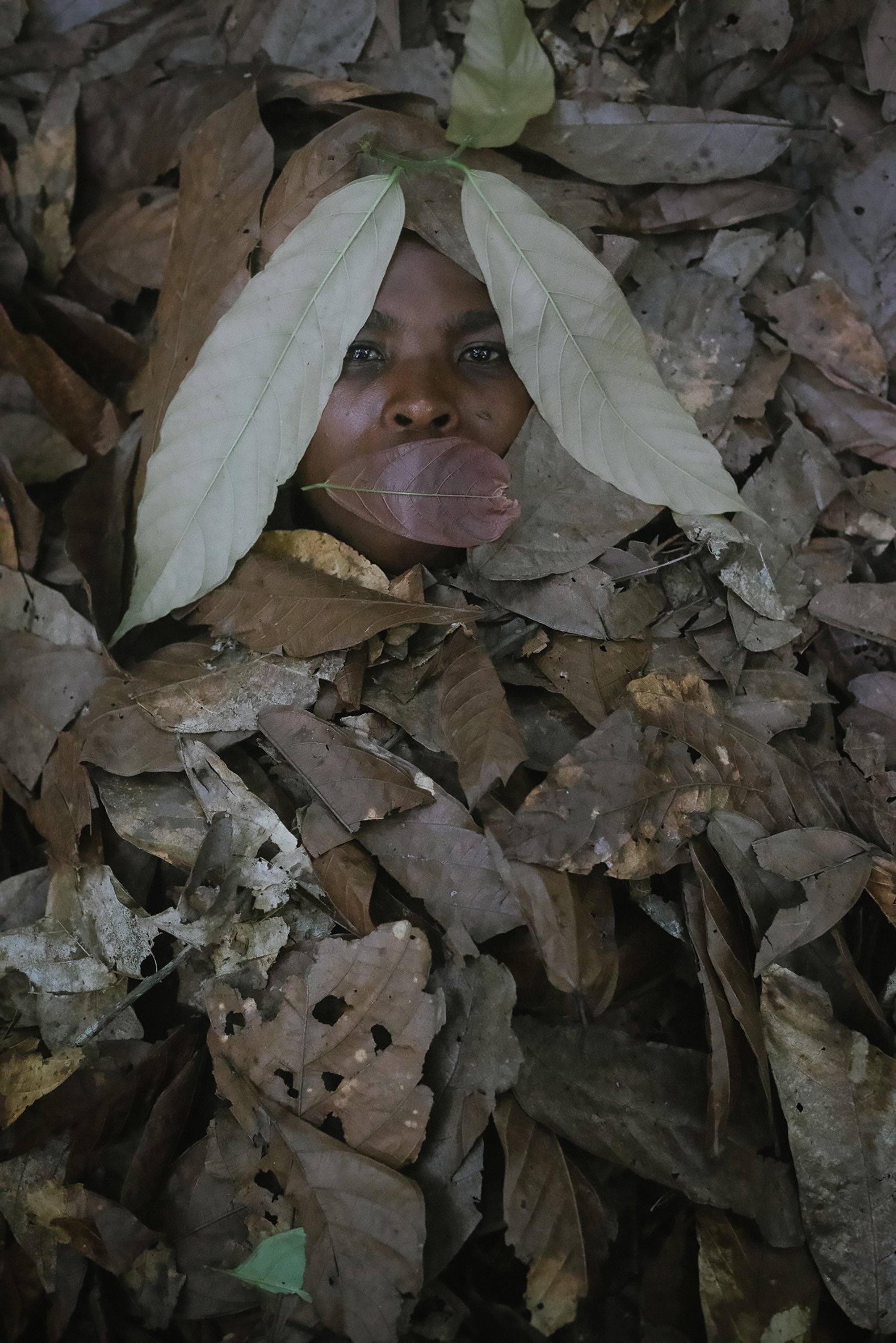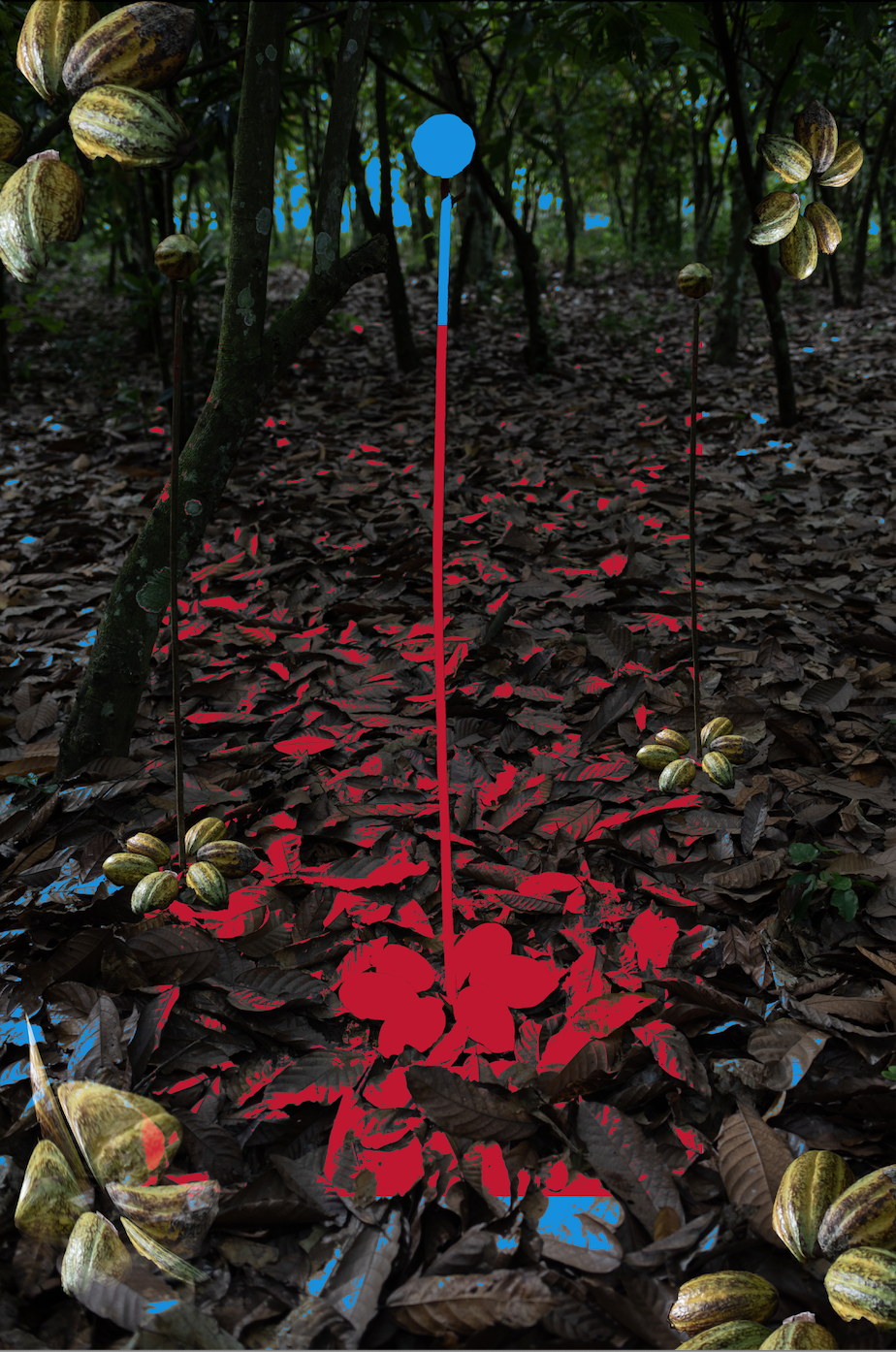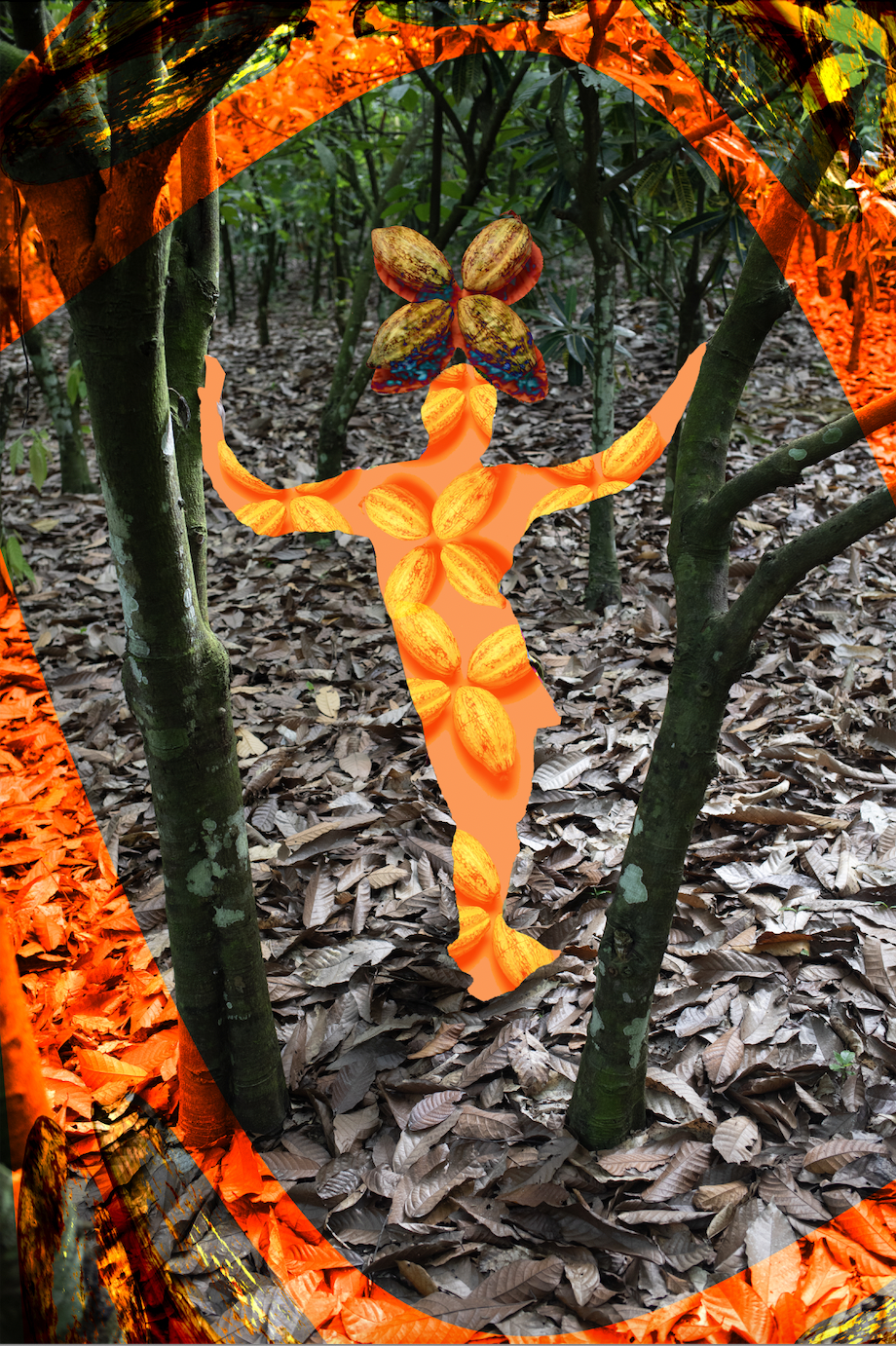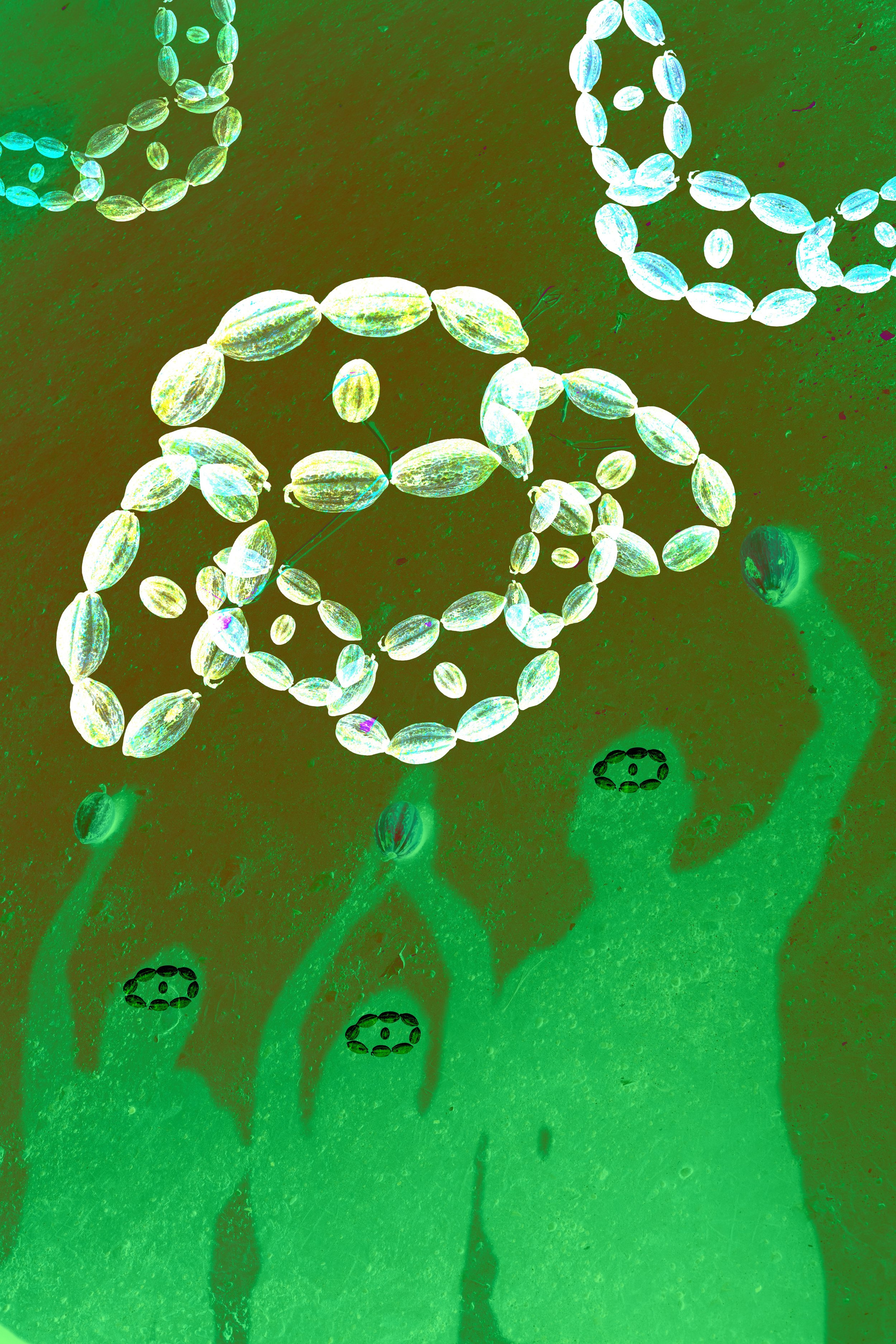ADVANCED VISUAL STORYTELLING educational programme
Côte d’Ivoire
A visual storytelling mentoring programme by the NOOR Foundation featuring works by:
Maroussia Mbayé, Justin Makangara, Ayaba Lina Florence Mensah, Massow Ka, Olivier Khouadiani, Clara Watt, Joannès Mawuna Doglo, Ngadi Smart, Guerchom Ndebo, Fabrice Mbonankira
Supported by the Chocolonely Foundation
At NOOR, we strongly believe that visual storytelling is a powerful medium that can bring awareness to underrepresented stories and human experiences. We believe that everyone, regardless of background, should have the opportunity to tell the stories that matter to them.
In partnership with the Chocolonely Foundation, we have organized an extensive educational programme in West Africa to bring together young talent and communities, create a collective space, develop creative collaborative processes, and shape up new narratives.
This initiative brought together the talent of regional visual storytellers, the knowledge of community facilitators, the NOOR mentoring expertise and the underrepresented voices of the workers of the cocoa communities in Ivory Coast. By focusing on these stories and creating a wide-reaching platform for local talent, we aim to contribute to a shift in the power balance towards equality within the cocoa supply chain.
Selected by an international expert jury panel, ten visual storytellers took part in the intensive workshops led by mentors and award-winning photographers Bénédicte Kurzen and Ishola Akpo.
The stories investigate various layers of community within the cocoa production cooperatives of Côte d'Ivoire, ranging from the individual life trajectory of a cocoa producer, to women’s empowerment within the cooperatives, to the individual hopes and dreams of the youngest generations.
Cocoa dreams
By Maroussia Mbayé
Born of the desire to immortalise the stories and faces of such young men, my project seeks to shed light on the continent's youth. Through a portrait of the cocoa-growing community of Amanikro, it explores their dreams, desires and frustrations,
Like many other young men on the continent, the road to school is a common thread running through their dreams. It reveals an uncertain future in which their daily lives, their aspirations and futures are linked not to the individual but to their community, their environment and the opportunities available to them.
It represents the paradox of young people, caught between two poles that represent opposing visions of the world. The powerful attraction of The West and the material world is very strong in their imagination, contrasting with the reality that each of them must project within their own distinct communities.
From my first encounters, it was clear that the experiences of the young people I met, appeared to me, to be important testimonies for the whole of humanity. Their talk of hope, desolation, tolerance, the future, and of peace and learning was for some, wise beyond their years, It also offered up a unique perspective on African youth and the role it is playing in the continent's development at this crucial point in its history.
This project aims to combat the prejudices and stereotypes often associated with African youth, the continent and its cultures. It shows the need to stay connected to one's origins while opening up to others.
Maroussia is a graduate from the London School of Economics (LSE) and the London College of Communication. As a documentary photographer, her captivating images distinguish themselves through their profound expression. A pure product of multiculturalism, the Franco-Senegalese was raised in a very politically active family and her contrasting experiences fuelled a fascination for social divisions, complexities and justice, leading her to pursue photography after a career in international development.
Maroussia Mbayé
Instagram: @maroussia_mbaye_
Nyonu anyigbandji kpoto
By Ayaba Lina Florence Mensah
The village of Amanikro is home to an extraordinary group of women whose lives and history are entwined with the cocoa-growing community. Alongside the men who grow the cocoa, the women of this community combine ancestral wisdom with a deep respect for the earth.
In Amanikro, cocoa has long been a source of sustenance, giving rise to both the village’s reputation and identity. Whilst the men have traditionally devoted themselves to the growing of cocoa, over the years, this monoculture has exhausted the land, weakening its fertility and threatening the very future of the community.
Food self-sufficiency meanwhile is an arduous task, left to the females of Amanikro. These strong, visionary women have chosen to diversify their farming activities, growing a variety of food crops. They practise crop rotation and plant cover crops to protect the soil and restore its natural fertility. Their expertise has been passed down from generation to generation, as they combine ancestral knowledge with modern techniques in order to help preserve the environment.
The women’s work however is not limited to the land. They also play an essential role in retaining the social fabric of the community. They come together to share knowledge, celebrate successes and support each other when faced with challenges. Their initiatives have not only helped to keep the soil healthy but have also strengthened the bonds between the people of Amanikro.
In “The Guardians of the Land”, I paint a portrait of these heroic women. The series highlights the close ties that bind them within the Amanikro community.
Taking portraits and snapshots with a Polaroid camera, I subsequently chose to hang the photographs on the delicate leaves of a branch, cut from a cocoa tree.
The resulting installation went on to inspire a new series of studio shots, establishing a link between the concept of the family tree and the plant that goes beyond a simple kinship. The negative photos evoke silhouettes. A tribute to the absent or deceased members of this lineage, they are discreet but powerful witnesses to an inheritance.
Ayaba Lina Florence Mensah
Instagram: @linafaphotojb
Ayaba Lina Florence Mensah, a young photographer from Togo. Lina comes from a family of photographers. For the past two years, she has focused much more on artistic photography. She exhibited her work at the French Institute of Togo in 2020 as part of the Night of Ideas and in March 2019 at the West African Bureau of the Francophonie in Lomé. Through her photography Lina is practicing her philosophy of “sharing and transmitting” with and to the world.
I: Grâce à Dieu, Sa Ira Maman &
II: Akpomi Gnôgnô Assiè
by Clara Watt
Series I: Grâce à Dieu, Sa ira Maman is a photographic series shot at night, which seeks to make visible an invisible community of cocoa farmers in Côte d'Ivoire. The project is inspired by a narrative found on the walls of the village of Amanikro. The words and drawings that decorate the houses here depict a community where spirituality, family and artistic expression play a primordial role.
Once the sun goes down, an intense darkness envelops the small village of Amanikro and the life of the cocoa farmers and their true nature become clearer. Men and women return from a long, hard day in the fields but as dusk sets in, another kind of day begins. Families gather to discuss the harvest, children do their homework in the moonlight and the whole village gathers to dine al fresco, then dance to the joyous sounds of Ivorian music late into the night.
This series presents both a visual narrative and a poetic interpretation of the lives of the villagers of Amanikro, like a kind of open window on darkness. The photographer takes a curious look at the community to depict what the media do not say about the cocoa producers at the heart of globalised production. Instead, he sets out to disclose more intimate moments of the village which are only revealed once night falls.
Armed with a flashlight, the artist captures shadows and silhouettes, blending them with the writings and wall drawings scattered across the village. Mysterious and sometimes very discreet, they reveal the imperceptible riches of the village of Amanikro- a close-knit, spiritual community that expresses, through its creativity, the hopes, fears and joys of cocoa farmers.
Series II: Akpomi Gnôgnô Assiè means "May the earth bend before him who stands against me" in Baoulé.
Inspired by this proverb inscribed on a wall in the small village of Amanikro, this series seeks to show another side of cocoa farmers in Côte d'Ivoire. Their portraits and daily activities reveal a community where spirituality, family and artistic expression are paramount.
Over the course of a week, the artist observed the lives of the villagers. While their daily routines revolve around cocoa production, they are guided by their faith in community and family unity. The photographer focused on capturing moments of joy in the village- children playing at first light, men gathered around the awalé drinking homemade Koutoukou (traditional brandy). The aim of this series is to bring the public closer to the daily lives of the villagers of Amanikro and the communities behind cocoa production.
For this series, the photographer chose a medium-format film camera in order to match the slow, simple pace of the village and to be able to get closer to the cocoa-growing community, to integrate and share their intimate lives and rituals.
Clara Watt is an award-winning documentary photographer, based in Geneva, Switzerland. Using both analogue and digital photography, her work explores culture and social justice stories including racial, gender and women's empowerment. Through impactful and emotive imagery, she strives to bridge the gap between fine art, social documentary, and advocacy. Clara's work is motivated by the intimate relationships fostered with her subjects, often overlapping photography and text to ensure her subjects’ voice and agency over their stories remains present.
CLARA WATT
Instagram: @clarawattt
GOLIKRO
By Olivier Khouadiani
Through the figure of the protective divinity Goli, this series explores the symbolic and narrative power of the mask in Baoulé culture.
The photographs feature children from the village of Amanikro, acting out what are symbolic interpretations of the mask. Representing traditional guardians of social cohesion and order, the mask also symbolises strength and wisdom. Within cocoa-growing communities, the masks ensure sustainable farming practices, help combat child labour and promote harmony between ecosystems and cocoa cultivation. These functions have come to echo their contemporary role as "ecological brigadiers".
Goli masks can represent a number of animals whilst performing a variety of roles. They report village events, accompany women during times of fertility and pregnancy, protect the village from all evils, settle conflicts between people from the same and from different villages, are present at funerals, chaperone the deceased into the afterlife and act as intermediaries between the physical and supernatural worlds.
The wearer’s physical appearance has been reinterpreted here, as has his role. Each photograph mimics either a creature, a moment of community surveillance or a beneficial action. The children, or rather the 'Neo Goli', interact with the village, a place which had nearly forgotten its existence and its importance after being relocated.
Appropriating ancestral symbolism, the children remind us that in addition to preserving the traditions, cohesion and strength of the village, present and future generations have a responsibility to protect the land and its resources.
OLIVIER KHOUADIANI
Instagram: @olivier_khouadiani
Olivier Khouadiani is a photographic artist based in Abidjan, Ivory Coast. At the crossroads of journalism, fine arts and street photography, his work explores the themes of globalization, identity and the place of African culture and traditions in the contemporary world. He is a co-founder of Photowalkers Anonymous, an initiative that cultivates a deeper sense of community, challenges perceptions of one's hometown, and brings people from all walks of life together through their shared interest in photography.
Ruée vers le cacao
By Guerchom Ndebo
In April 2023, I travelled with a group of fellow photographers to the north of Côte d'Ivoire, where we spent almost a week documenting a village full of cocoa pods.
Over 200 kilometres from the capital, Amanikro, with a population of around one-hundred, opened its doors to us.
“I came here because I want my children to have a better future”.
The story of the village began on the road. Driven by a desire for freedom and independence, Kunakwaju Avi decided, after the death of his father, to set off far from his family, to find a refuge where he could bring up his children. A long walk brought him to a corner of the bush where he chose to settle and farm. Coffee or cocoa? The choice was difficult.
After a few months’ work, a dynamic began to develop around Avi's house. Several other people arrived in this, as yet unnamed, settlement. One of them was Amani, from whom the name of the village Amani Kro derives, being that Amani was older than Avi.
““Here, we are all one family.””
Throughout his youth, Avi worked alongside Amani in order to establish a system of shared responsibility within their community. Amanikro differs from the way most societies in West Africa are organised, where each community owns its own land. Here, the passion for growing cocoa is the basis of a deep rooted bond. Now in Amanikro, everyone plays an essential role in managing the land, protecting it to ensure a future for generations to come.
Artist photographer and director, passionate about images, Guerchom Ndebo uses photography to communicate his concerns on complex subjects and to stimulate reflection on contemporary issues. At the heart of his artistic approach, the concepts of equality, cultural differences, solidarity and decadence collide.
Driven by the desire to tell the stories that surround him, he immersed himself in photography. With a university education in communication, he looked around for training in photography to try to learn more and improve my artistic approach. Participating in the Congo in Conversation project of Finbarr O'Reilly and the Carmignac Foundation was for me a gateway to photojournalism, with the other photographers of the project, I improved the quality of telling a story in images.
guerchom ndebo
Instagram: @guerchomndebo)
IMMERSION!
By Massow Ka
In the village of Amanikro, the author embarked on a photographic journey, setting out to capture the very essence of the place. Choosing to focus on the hands, feet and limbs of the villagers, he visualises the imprints of the hard work involved in the growing of cocoa.
Questioning how the cocoa plantation shapes the bodies of these workers, the author contemplates whether the impact is visible on their features. His aim is to probe their profound dignity, exploring the link between the manual tasks they perform and their very being.
Aware that many artists have already depicted such faces, the photographer imagines that immortalising the body parts and their links to cocoa will instead tell a unique story. Through the series of photographs, he seeks to discover a deeper meaning behind the workers' physical appearance and the significance of their manual tasks.
massow ka
Instagram: @ndarnataal
Massow Ka is a professional Senegalese photographer and director based in Saint-Louis. For several years he has been carrying out work on social themes, the environment and culture. He has held several well-attended exhibitions and produced videos including a documentary on the language of barbarism. He is also an entrepreneur in ICT, audiovisual and renewable energies. “I am a person for whom sharing is very important. I therefore very often organize photography workshops, montages etc. in my hometown for the benefit of young people.”
In Amanikro, cacao is king
By Justin Makangara
In Amanikro, a Baule village in the province of Divo, west of Abidjan, everything revolves around a tree with exceptional powers. The cocoa tree.
Village life, festivals and ceremonies all revolve around the cocoa plant, which in turn, provides for the needs of the community. Here, cocoa is king! In reality, the Baule village chiefs, with their vast lands are its subjects. Along with the villagers, they take care of the cocoa, ploughing, watering and regenerating the soil whilst the other species of plant grown are there to make up its court. Cocoa undoubtedly reigns supreme.
In the cocoa kingdom, the role of the chief is that of an auxiliary administrator who manages village politics and the affairs of the community. A matter of lineage rather than power, in the settlement of Amanikro, Amani Kouakou Siméon is the current village chief. Whilst traditionally made rich by gold and the vast tracts of land presided over, Siméon owns a large cocoa plantation covering more than 7 hectares on the edge of the village bequeathed to him by his father. He earns a lot of money from cocoa and several people work for him but it is nevertheless an ageing plot, His cocoa trees are being eaten away by brown rot.
justin makangara
Instagram: @makangarajustin
Justin Makangara is an independent photojournalist and blogger based in Kinshasa in Democratic Republic of Congo. His work focuses on underreported stories surrounding social justice, politics, music, and daily life. He is a member of APJD African Photojournalist Database.
cocoa stories I, II, III
By Fabrice Mbonankira
series I: Hommage
This series is a tribute to the woman of Amanikro.
SERIES II: Get down to work today, it will elevate you tomorrow
The eldest of ten siblings, Modeste Kwadio Kwaku started his working life at a very young age. Due to a lack of means and because life was hard, Modeste dropped out of school in order to support his family, just a year before obtaining his baccalaureate. Modeste Kwadio Kwaku is now 30 years old, and lives in the village camp of Hermankono-Diès. His wife Victorine Koffi Amwe is one of Tony's Chocolonely ambassadors for the SOCCOPADI association and represents the local cocoa-growing communities.
SERIES III: Amanikro Utopia
The life of a cocoa farmer is far from easy, but it is a very interesting one. Here, happiness is not limited to modernity and material goods. If you choose to be happy, you undoubtedly will be. That is the utopia of Amanikro.
Fabrice Mbonankira is a Burundian visual storyteller born in Bujumbura. His artistic practice has been influenced by the experience of living with the stigma inflicted by the war that Burundi experienced in 1993 which almost decimated his entire family. Fabrice is passionate about reportage journalism inspired by listening to the BBC and RFI. Unfortunately, due to lack of financial means he failed to follow his higher education to fulfill his dream of becoming a journalist. Fabrice was introduced to photography by his older brother. He has been working as an event photographer since 2012. For the past few years, he has been trying to combine his lifelong passion for reportage with photography with the help of some online training. His career as a documentary photographer took off after training in storytelling and conceptualization in photography around 2019.
Fabrice Mbonankira
Instagram: @fabrice_mbonankira)
Liké n’ga bé oumingni
By Joannès Mawuna Doglo
Amanikro, the cocoa village
Where time is measured in seasons
Where the earth is covered with pods
Where men’s backs bend in labour
Here the work is hard and dangerous
Machetes, insecticides, worn-out tools
Are silent witnesses to efforts made
To extract the brown gold from the precious fruit
But beyond the sweat and soil
There are also stories and links
Woven into everyday objects
And those who use them, cherish them, need them
I have seen these objects and photographed them Hanging in front of houses, drying in the sun,
They tell the stories of forgotten producers
Who give birth to chocolate, that incomparable delight!
(fragment of the poem)
A geographer by training, Joannes discovered his passion for drawing and photography during his childhood and has made it his priority ever since. He chose to invest in photography after his university studies because for him it is the best tool to tell the history of people. For him, it is also a channel for promoting the realities of African societies, denouncing and attempting to resolve the problems around him. Through his works, he communicates, raises awareness and expresses his emotions while making a connection between the past and the present in lived experience. Through this research, he decides to highlight the buried, poorly known or unknown social and cultural realities in the daily life of African societies.
Joannès Mawuna Doglo
Instagram: @joannes_mawuna
Series I, II
By Ngadi Smart
Series I: Hidden Leaves/ Out of Sight
“Hidden in Leaves, Out of sight” taken from the term “out of sight, out of mind” is an explorative photo project on the cocoa industry’s farmers highlighting their invisibility to the world. Beyond the delicious flavours of chocolate lie their stories of dreams, hope and community, just as every person in this world.
Series II: Shadows in Still Life
A photo-collage exploration on the concept of the “invisibility” of cocoa farming communities, in particular the one in Divo.
Ngadi Smart is a Sierra Leonean visual artist based between London, UK and Abidjan, Côte d'Ivoire. She specializes in illustration and photography. Her illustrative work centers around depicting strong women, androgynous characters, and also deals with feminism and gender roles themes. She likes to challenge mainstream society's preconceived views of what the definitions of “normal" and “beautiful” are. In her photography her focus is on documenting cultures, subcultures and intimacy. Her photographic work has long been focused on how people self-identify and choose to present themselves in front of the lens. As of late, her interest has been documenting black sensuality through an African lens and point of view. She aims to show as many representations of African people, and the complexities of what it means to be African, as she can.
ngadi smart
Instagram: @ngadismart
The NOOR Foundation is a non-profit organization fuelled by an unwavering passion to inspire action on the most pressing challenges of our era through the power of visual storytelling.
Education is the bedrock of our endeavours, we are called to commit to the discovery and support of emerging visual storytelling talent from a plurality of backgrounds all across the world. We facilitate the development and production of the stories that matter, learning and co-creating every step of the way. We actively promote the creation and dissemination of impactful narratives, crafting a diversified web that strives to ignite a transformative shift in how we portray and understand our world.
Our mission is to create thought-provoking, multidisciplinary visual projects that make a meaningful impact on the world and inspire purpose-driven action. We aim to cultivate an environment where a vibrant tapestry of varied viewpoints can flourish, paving the way for a truly interconnected community with narrative threads spun all over the globe.
